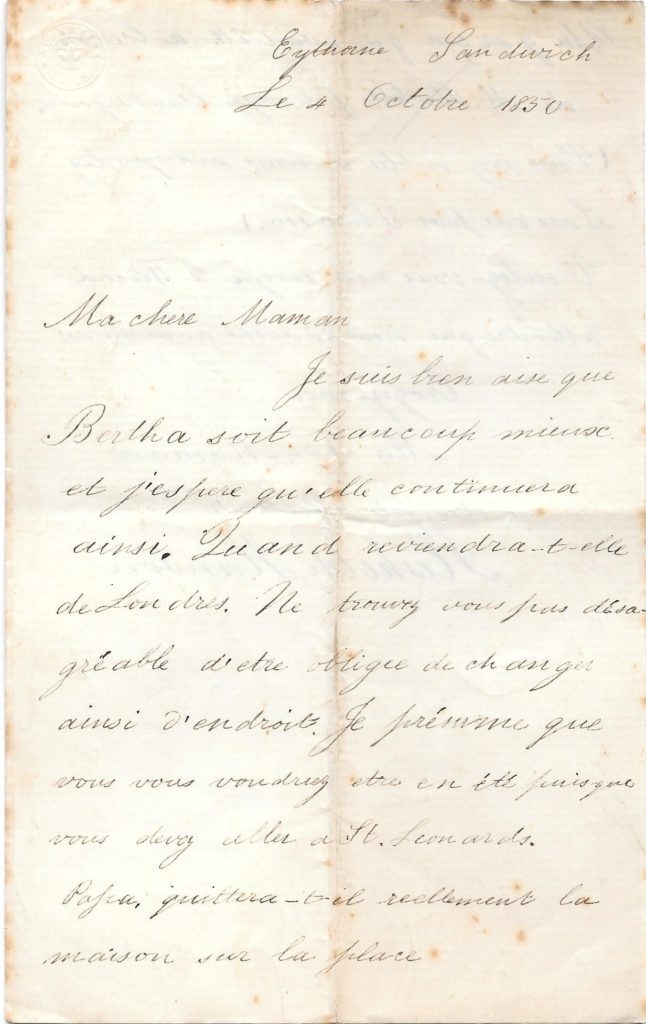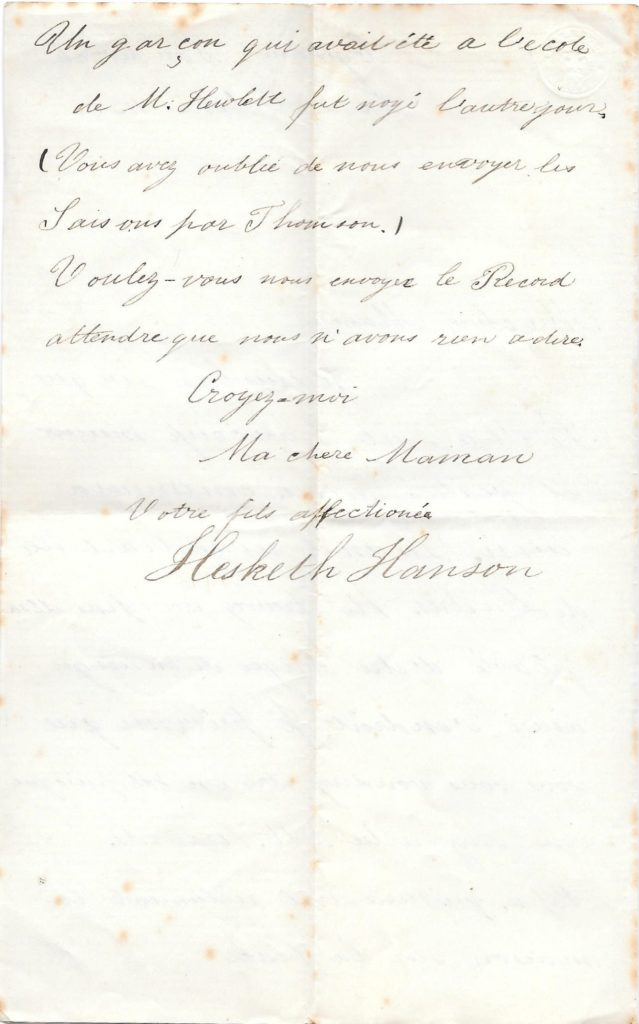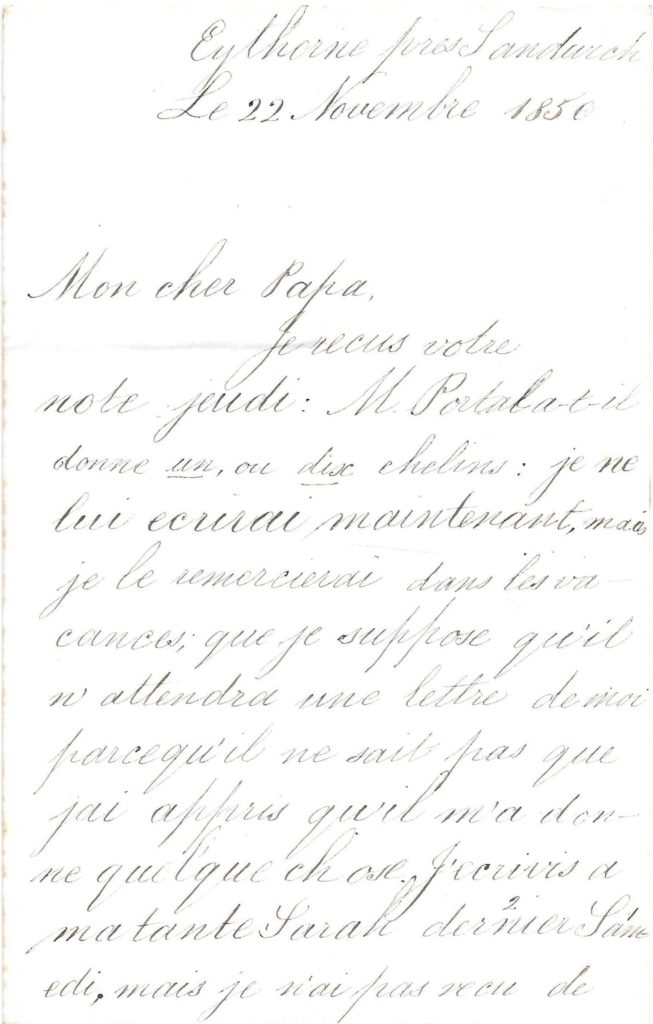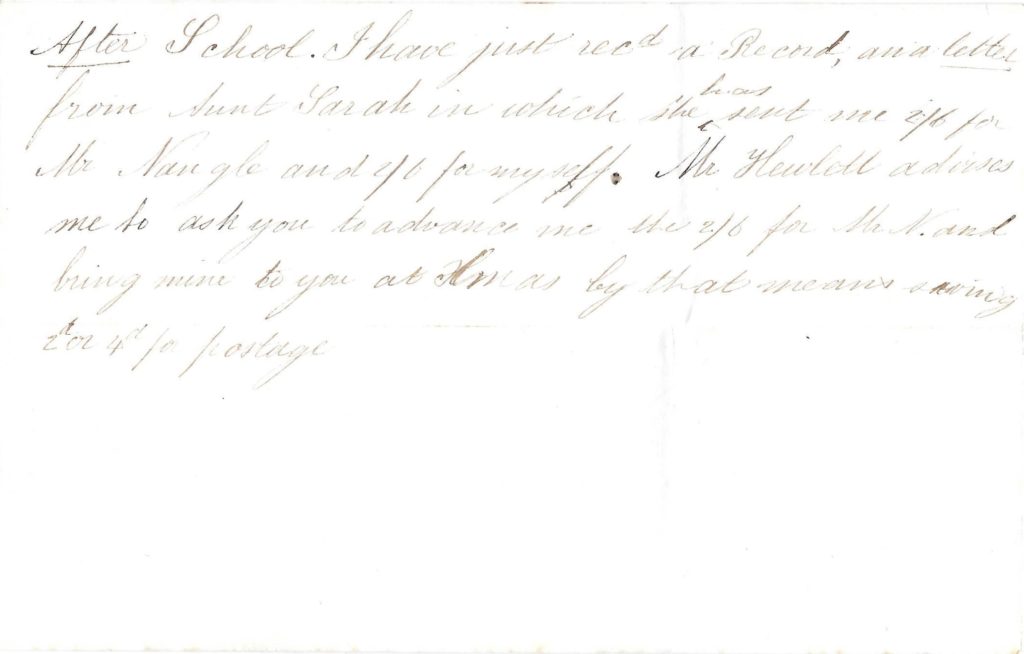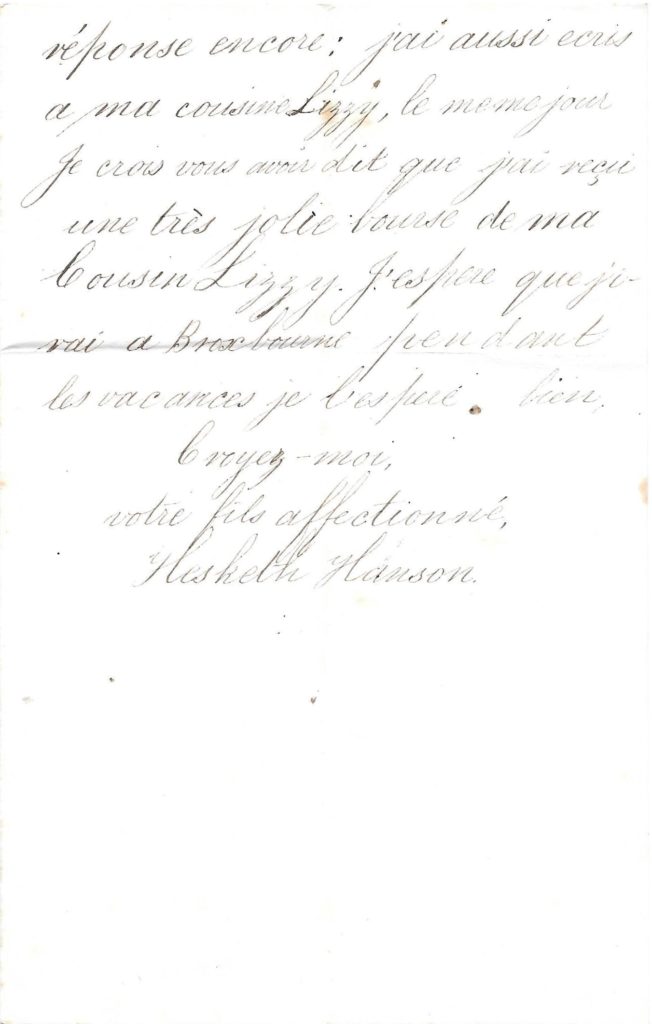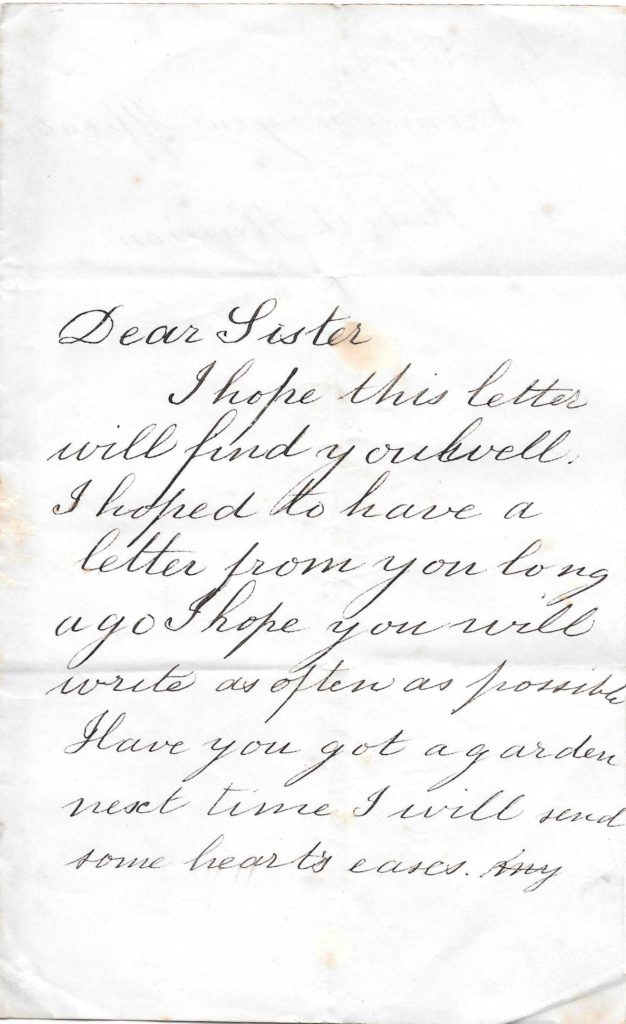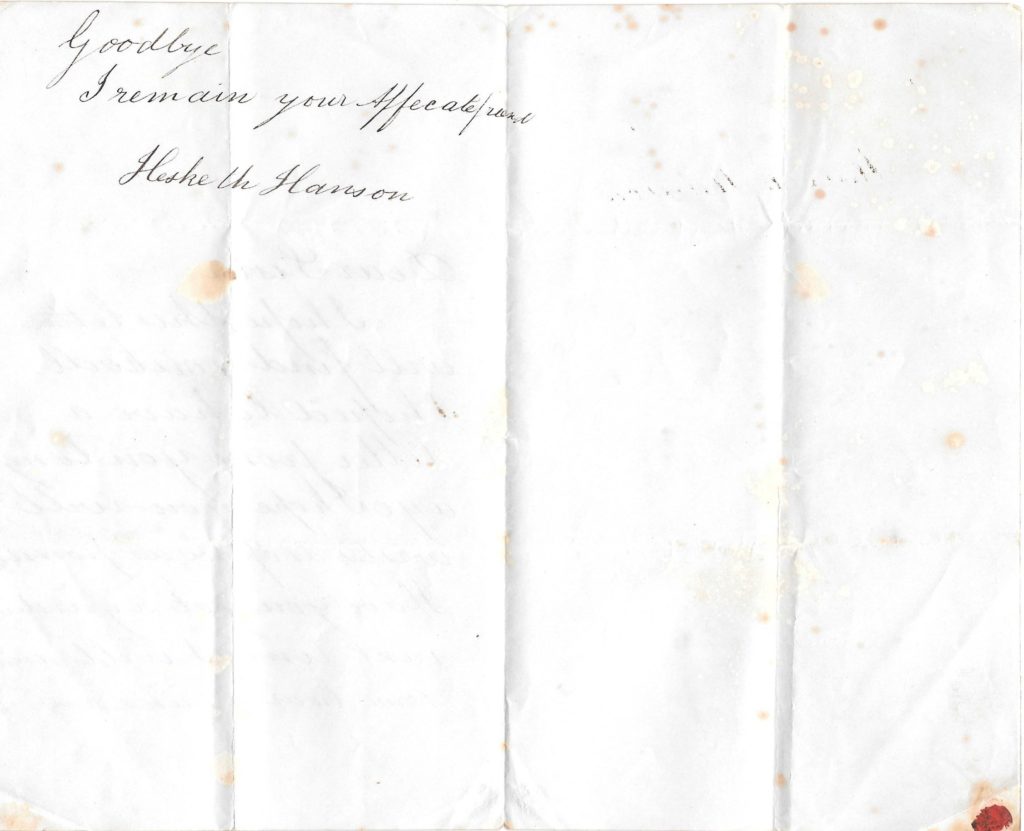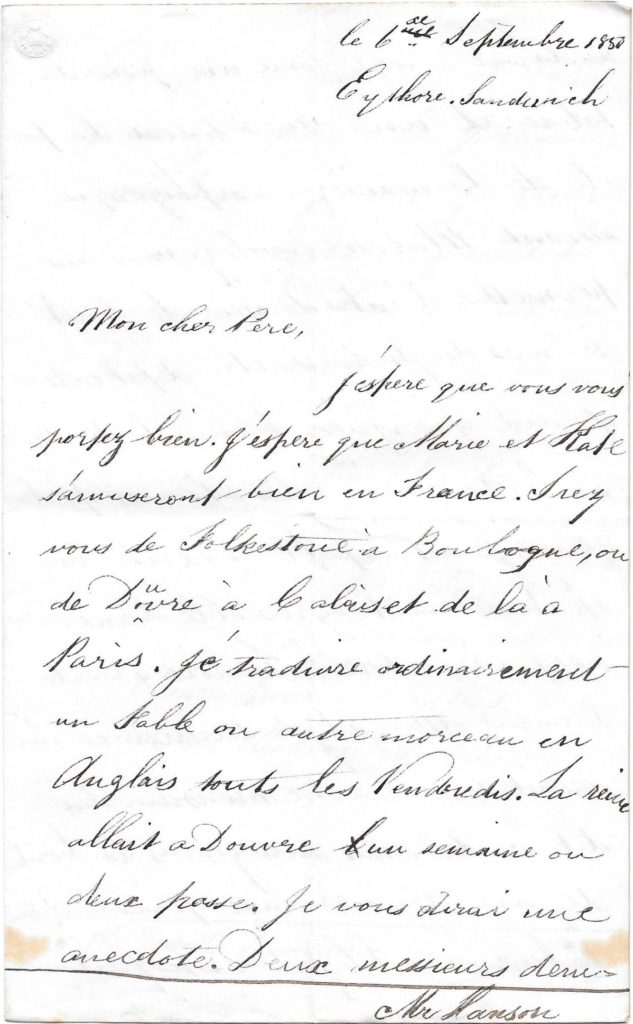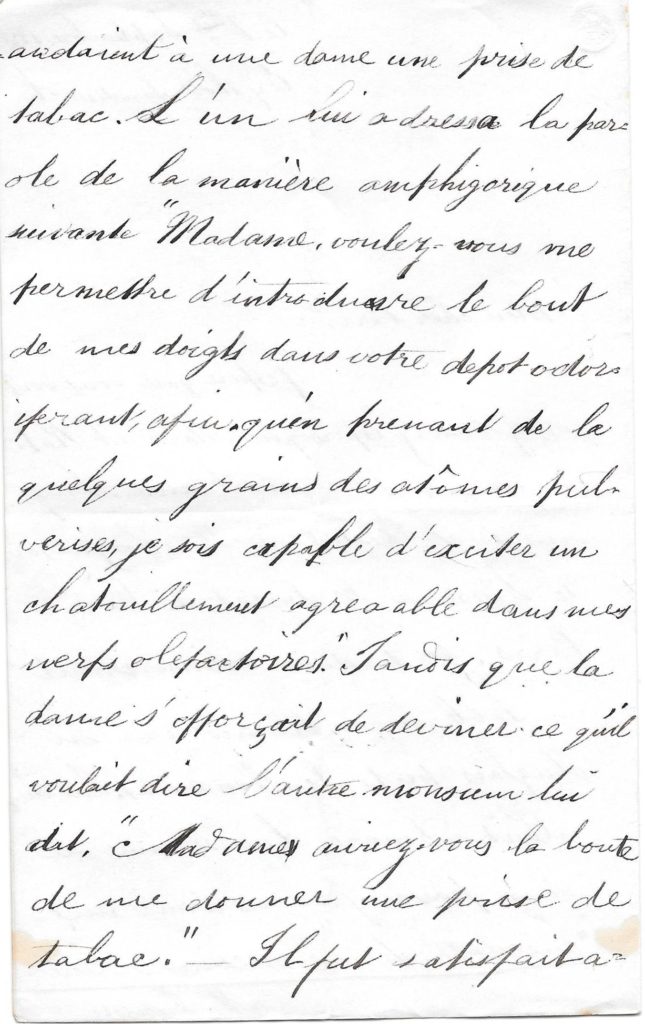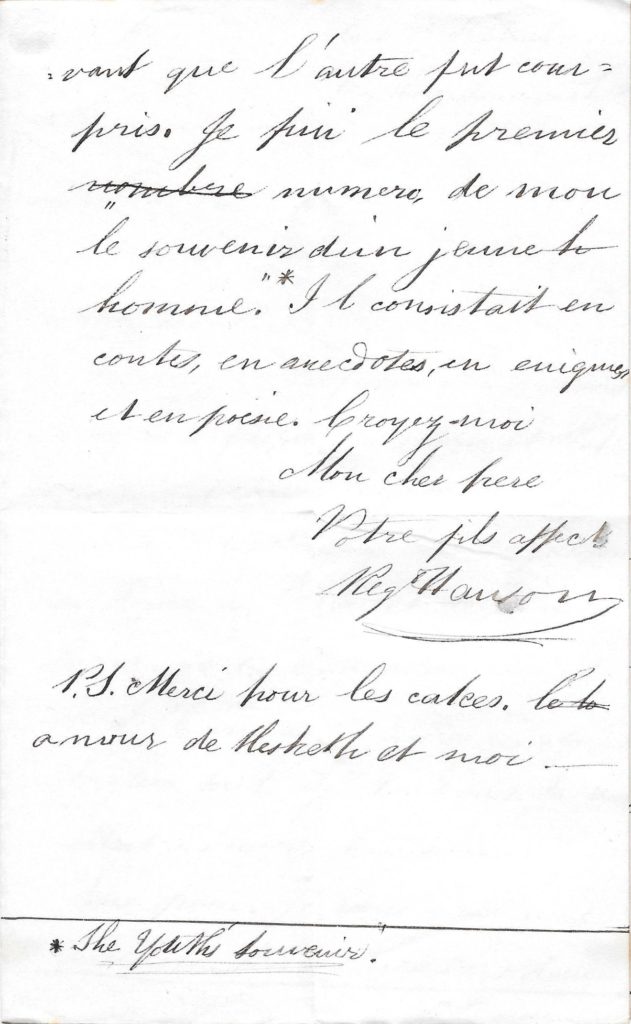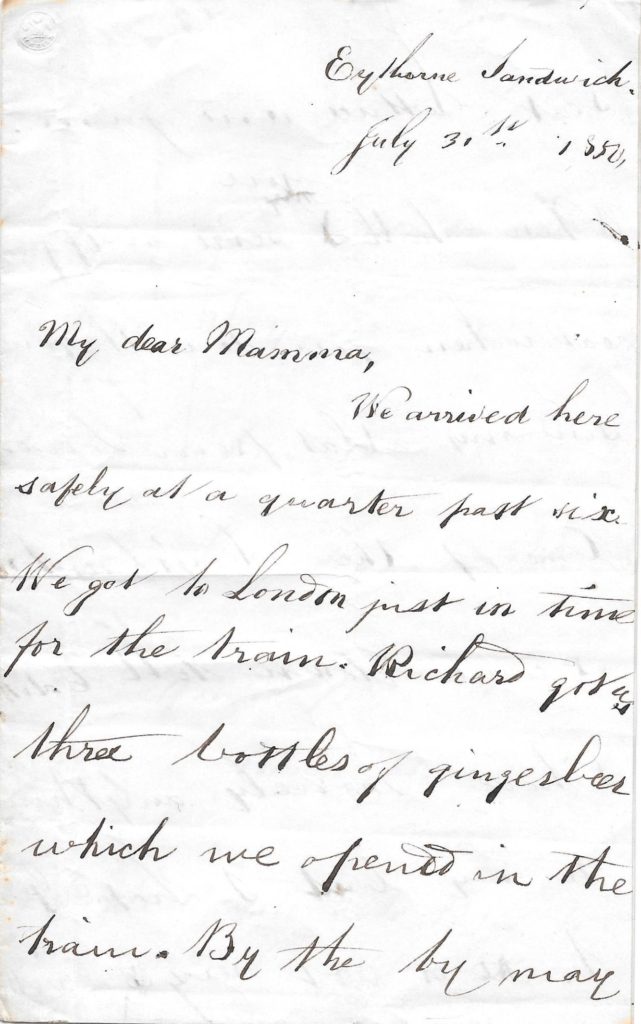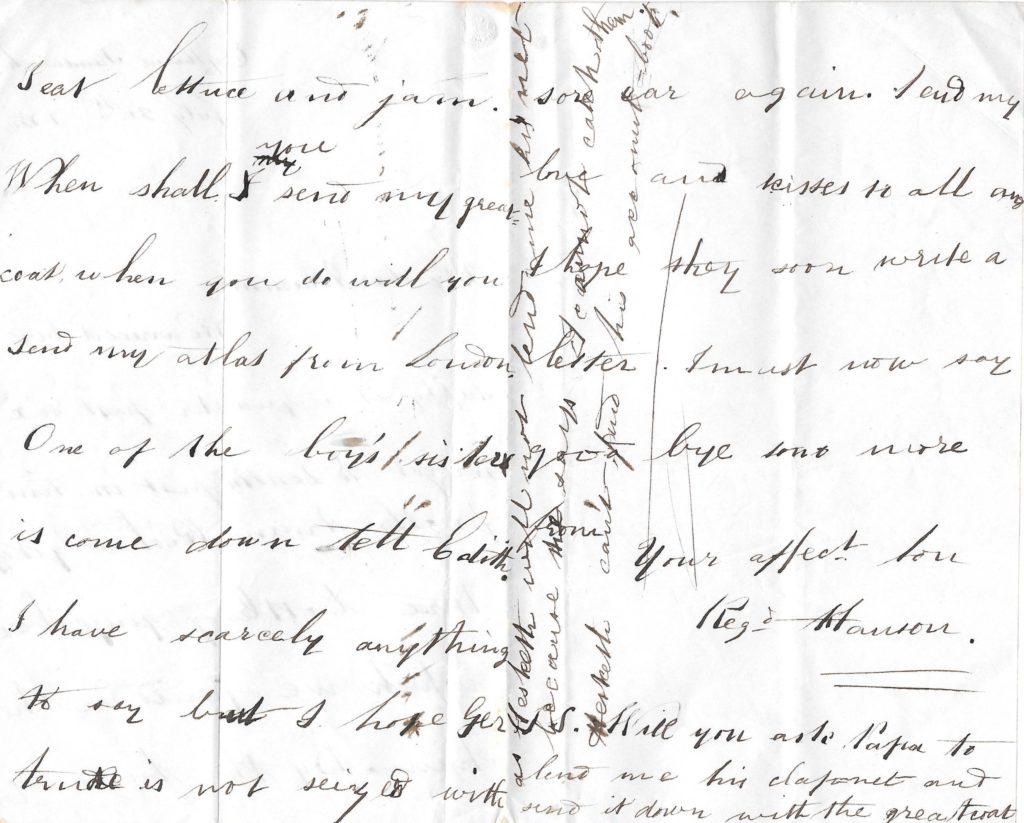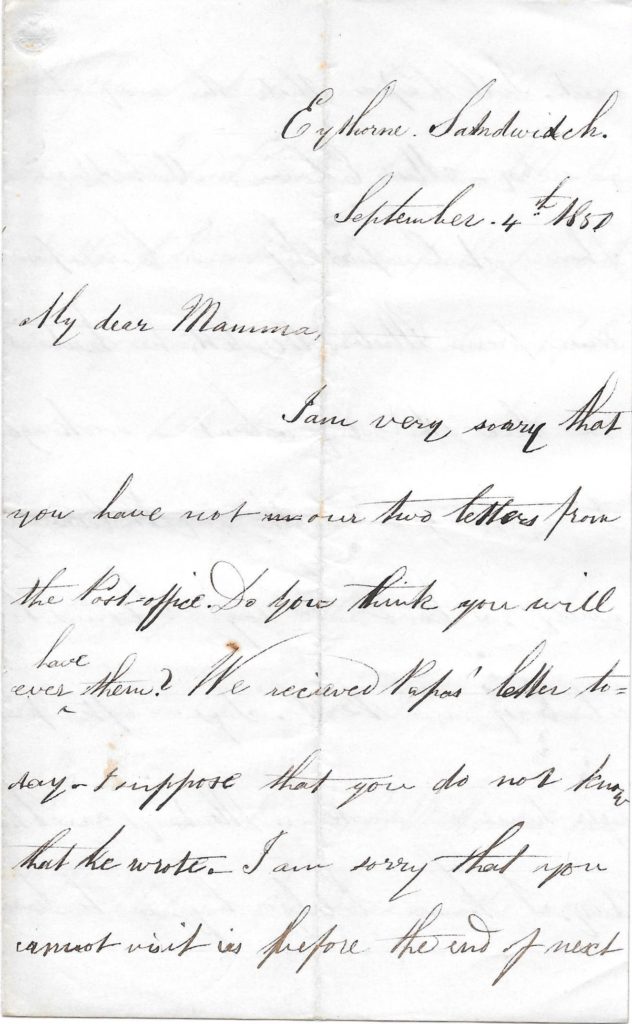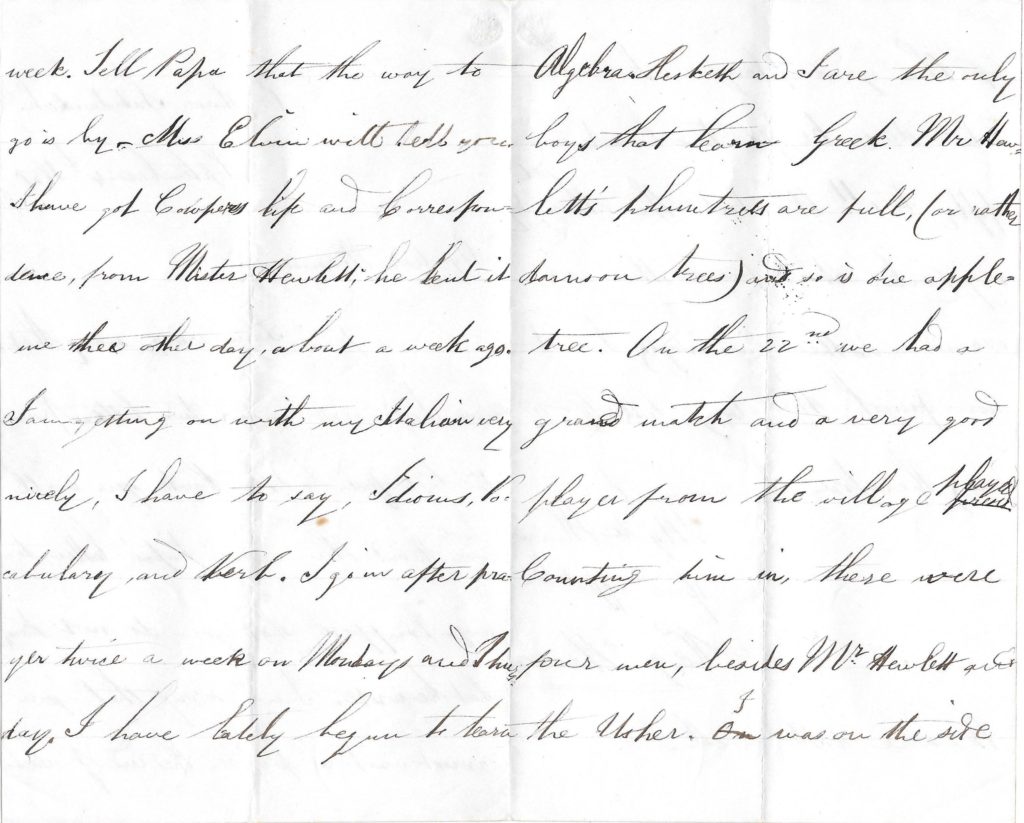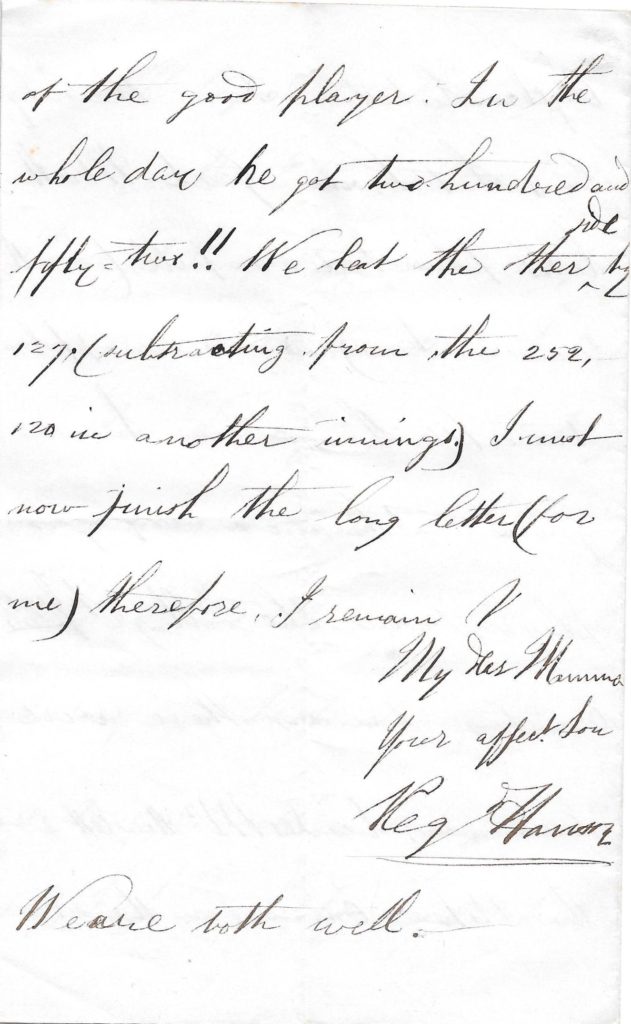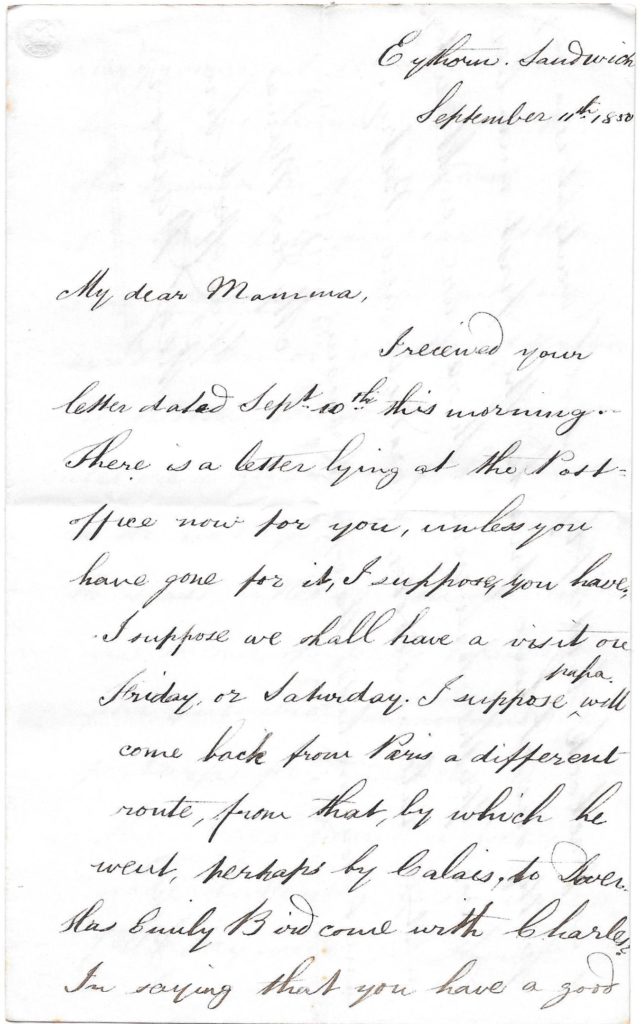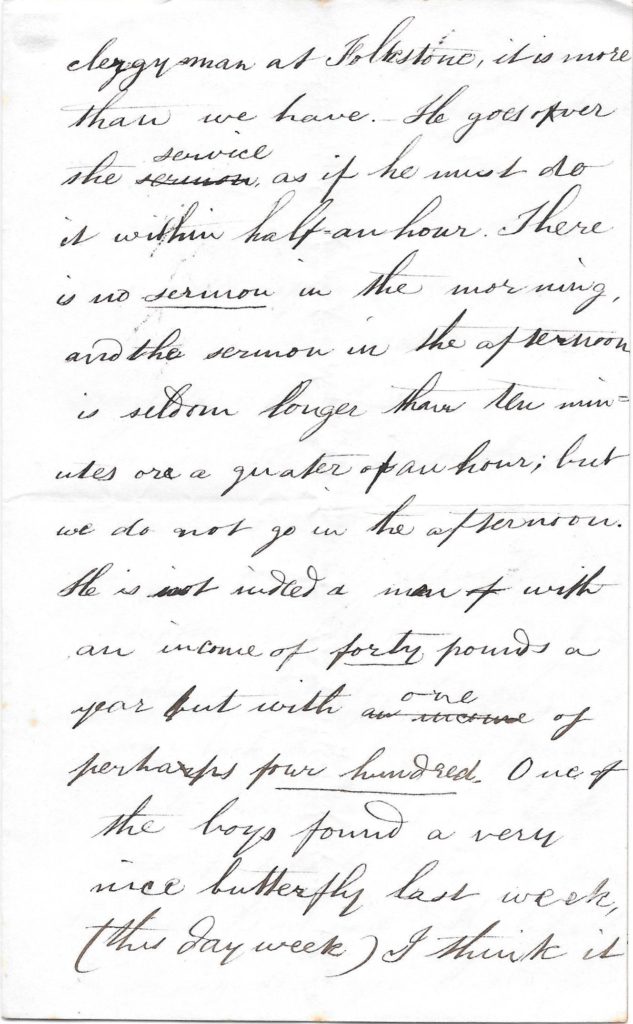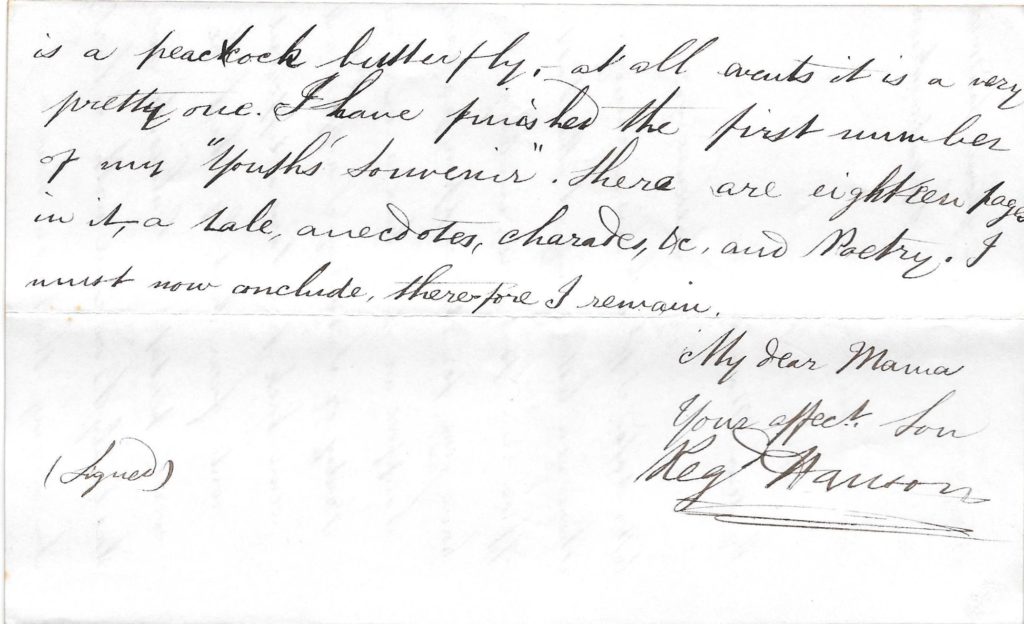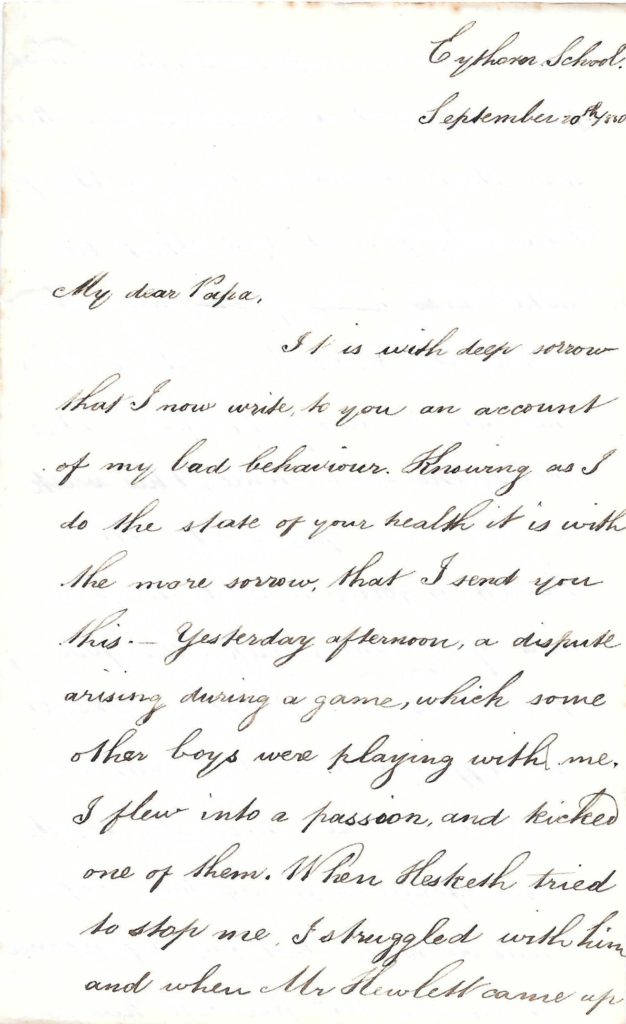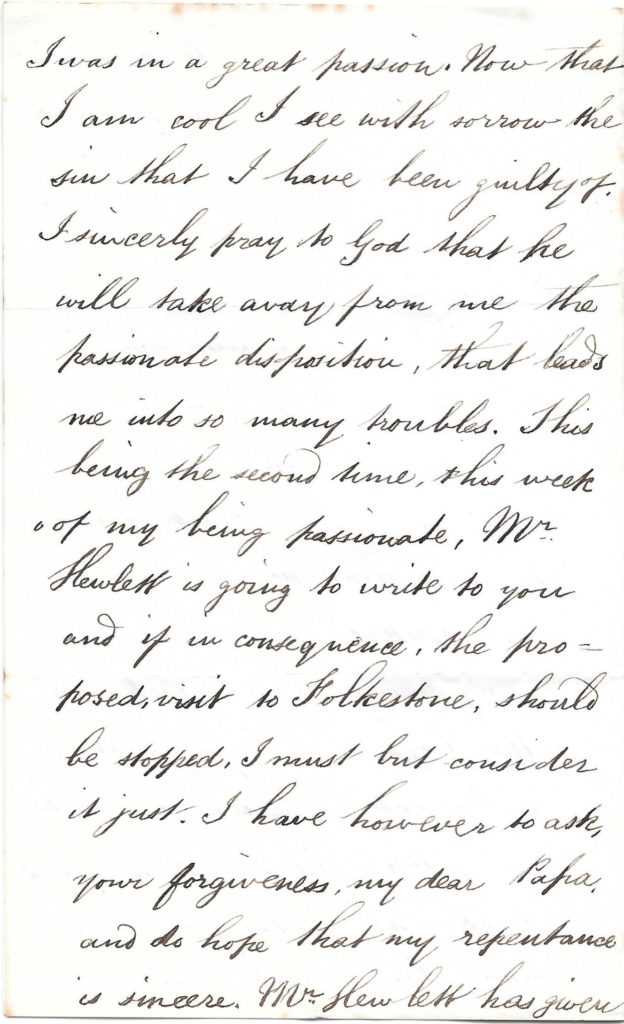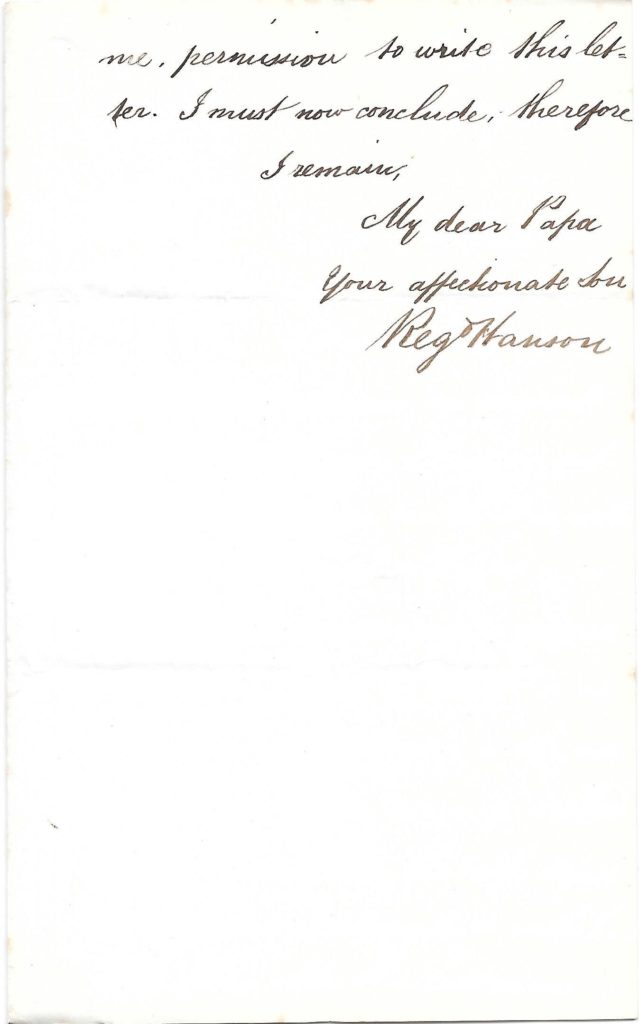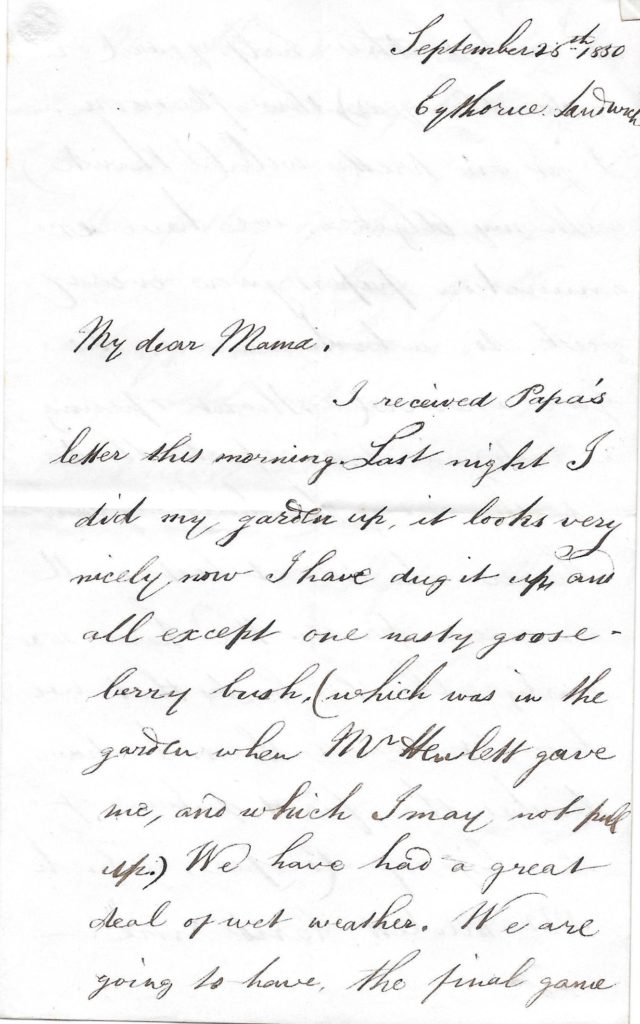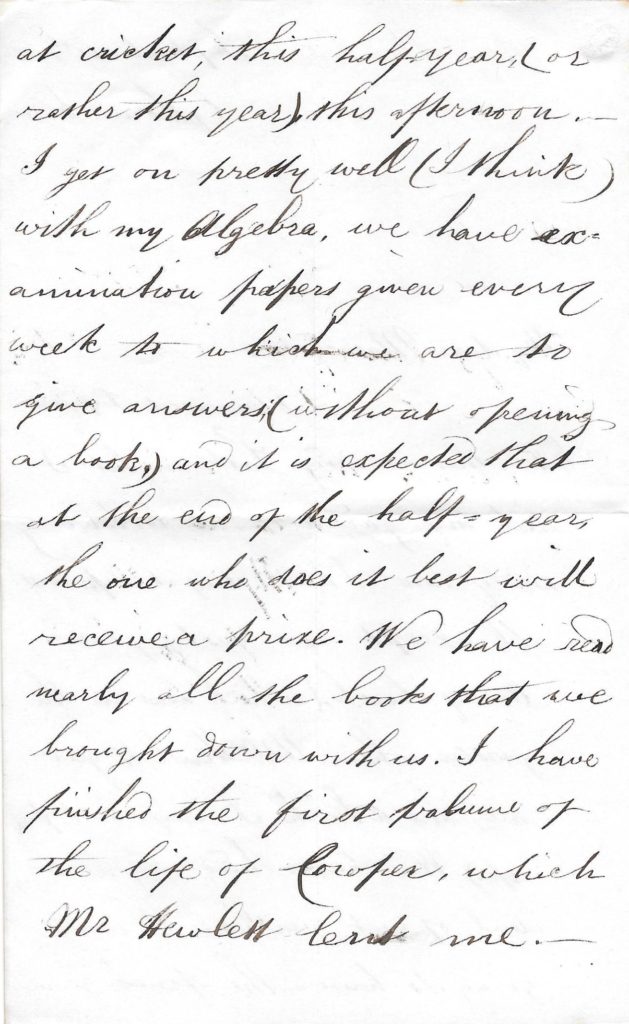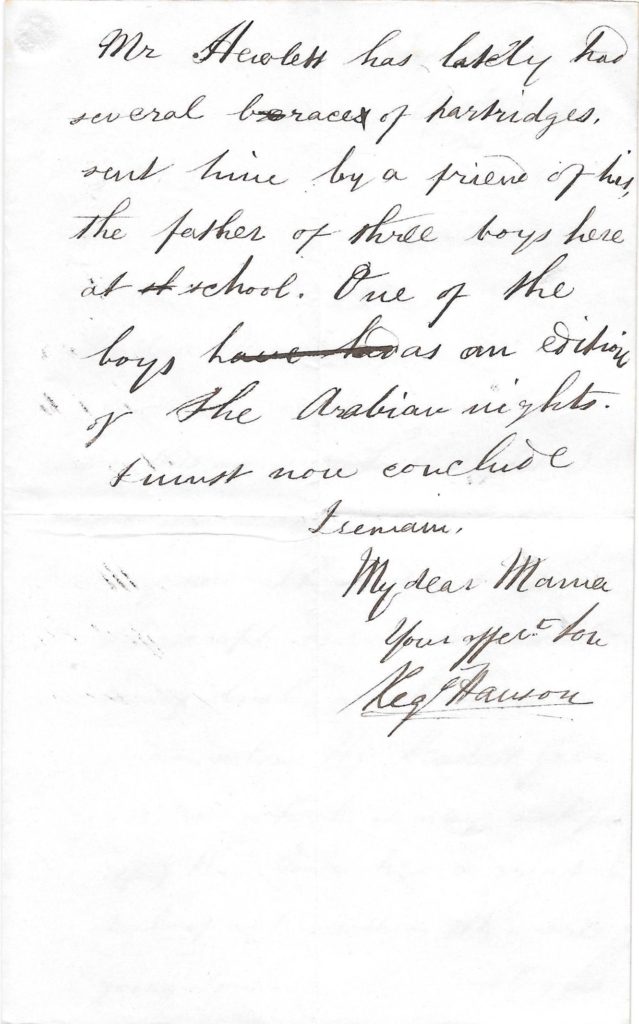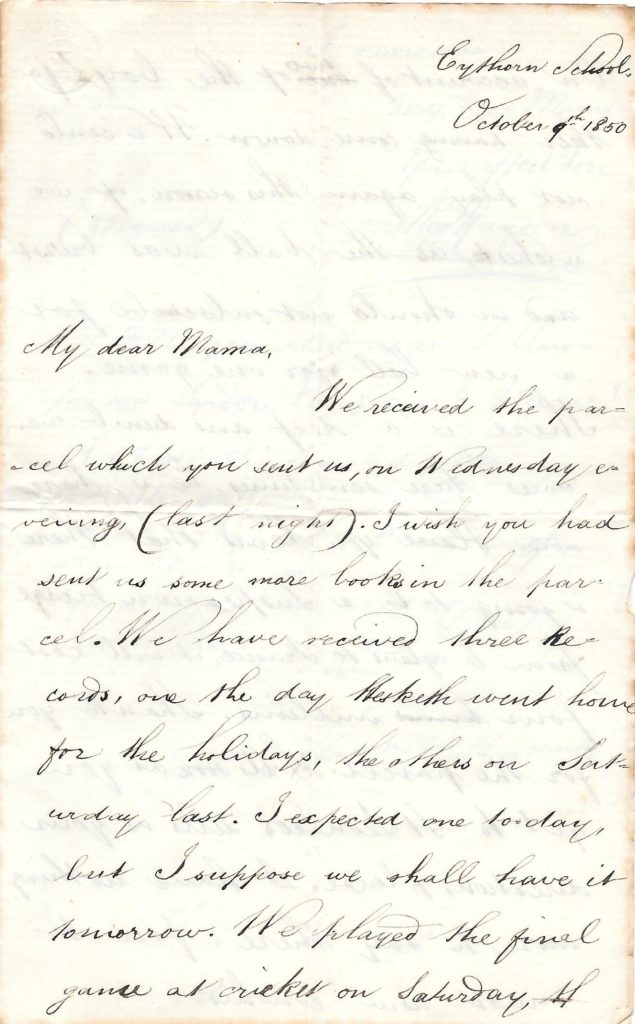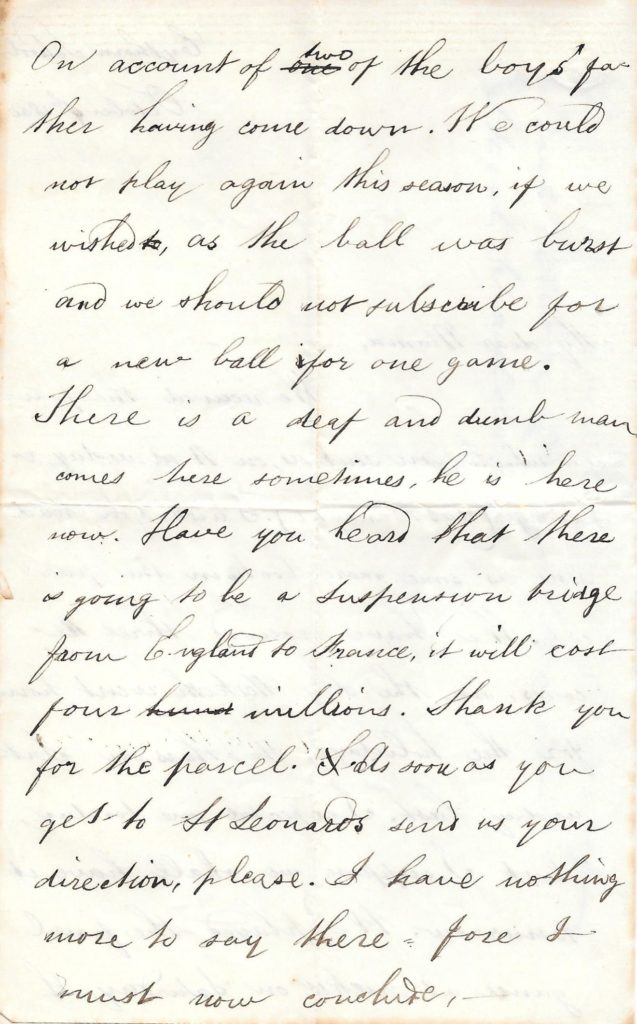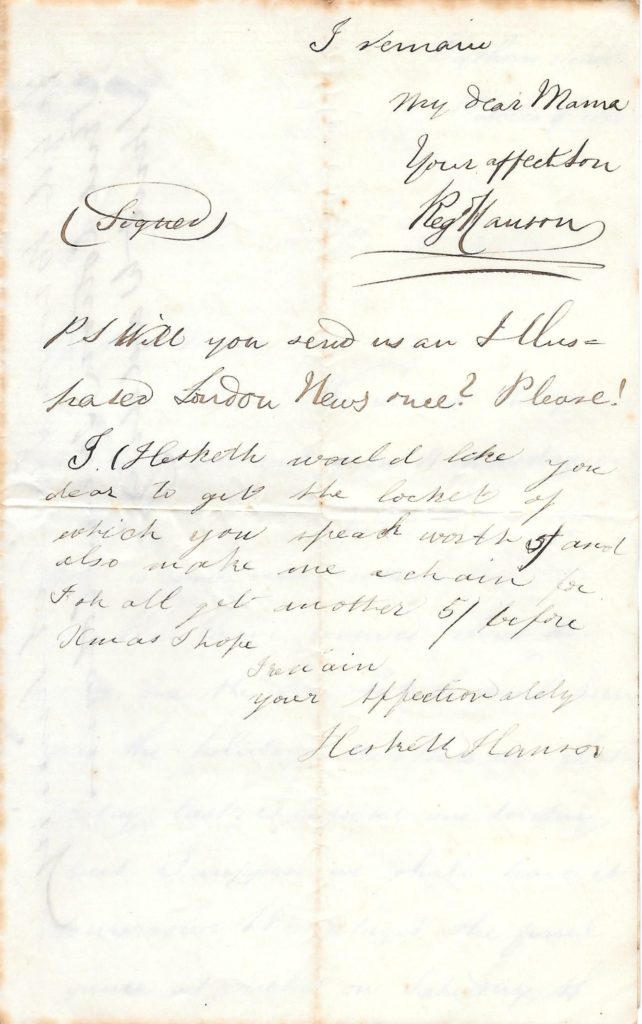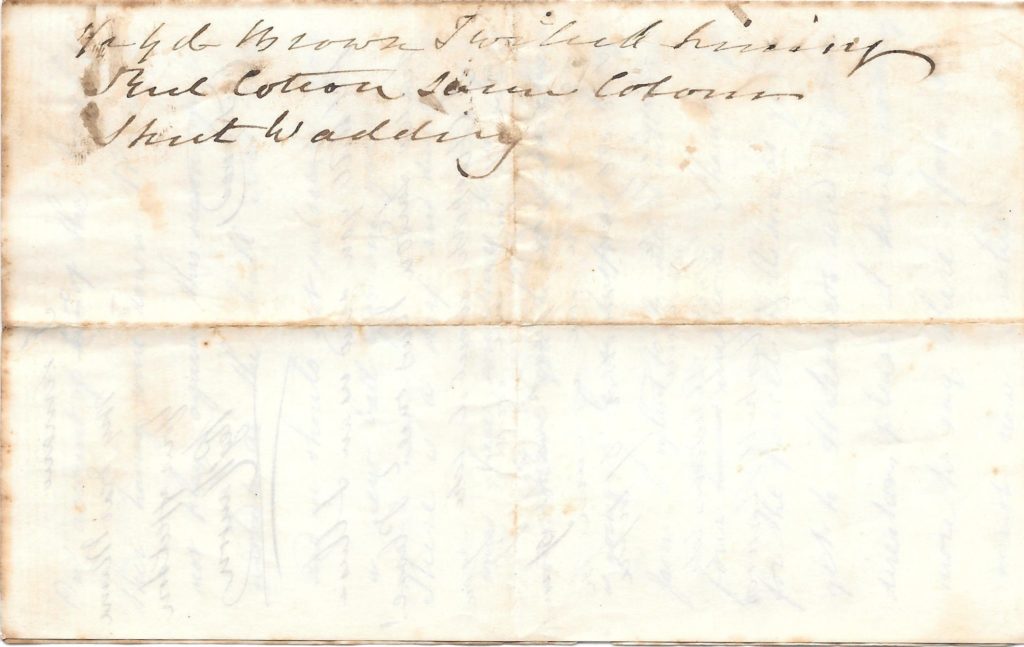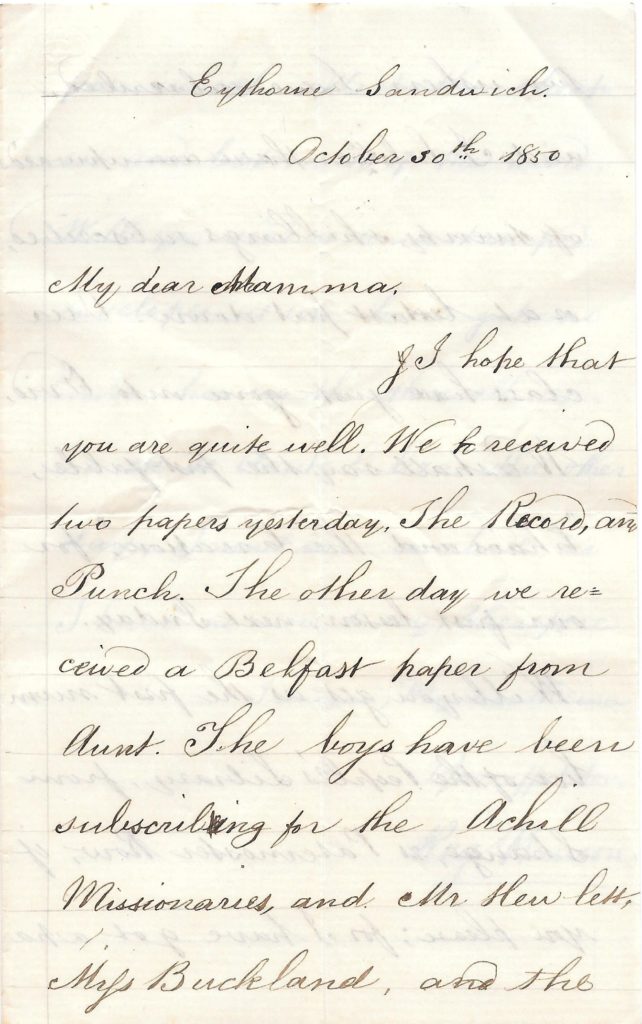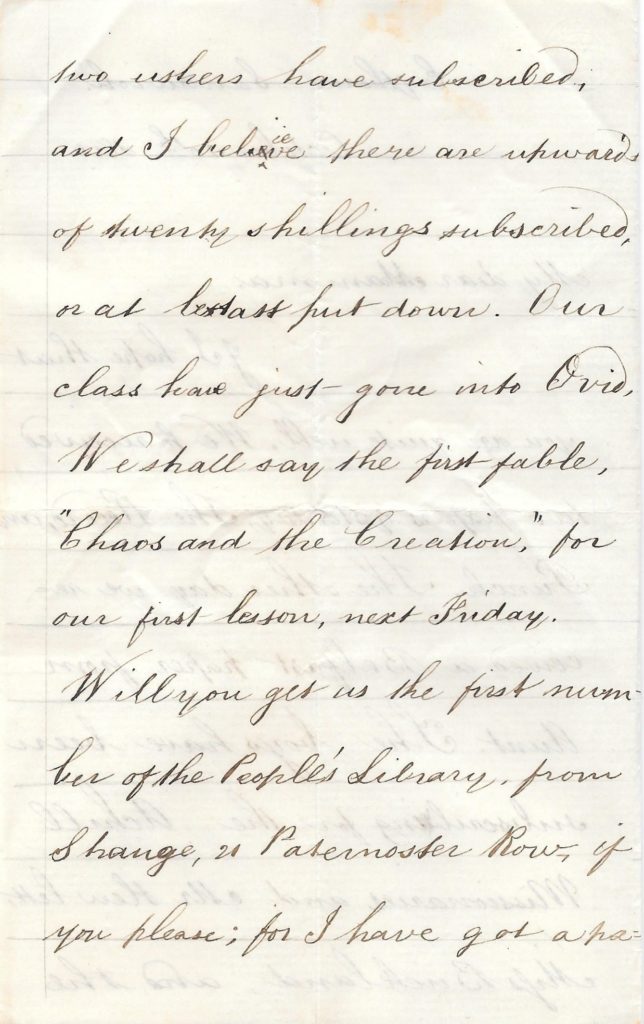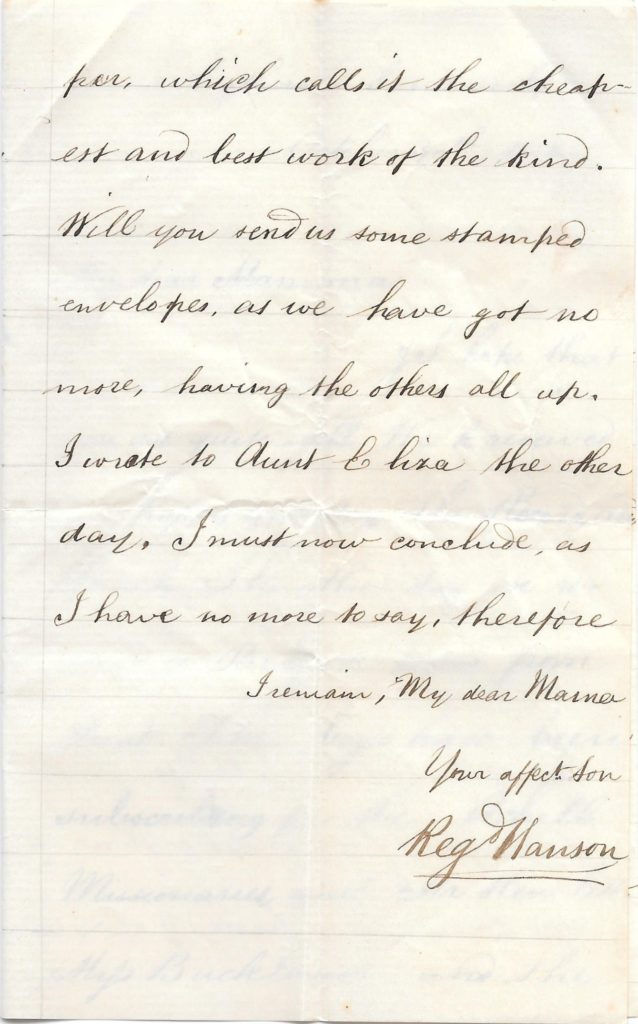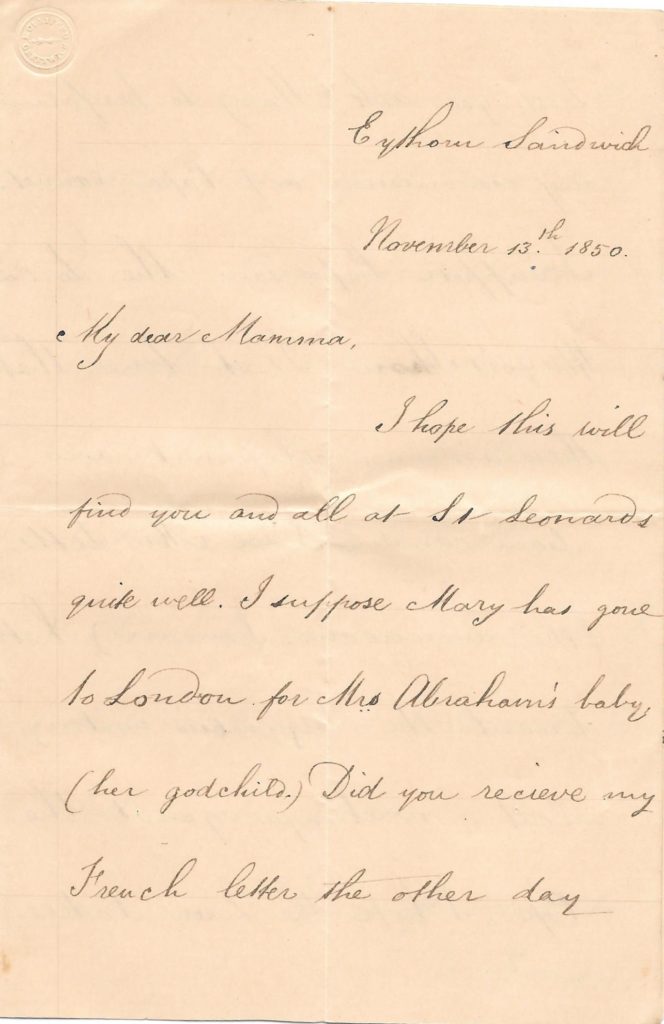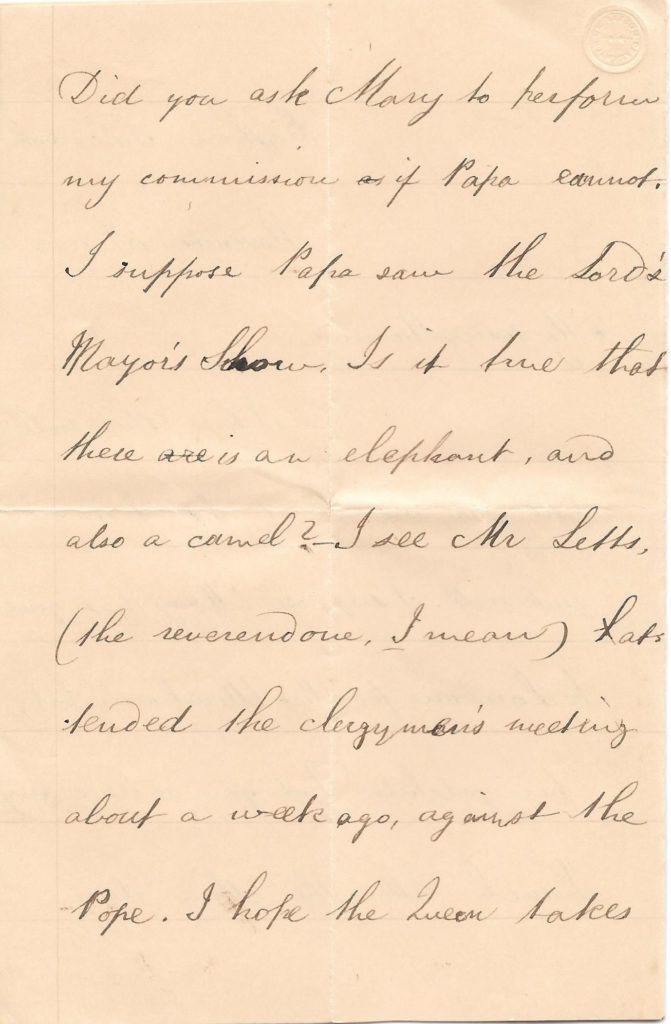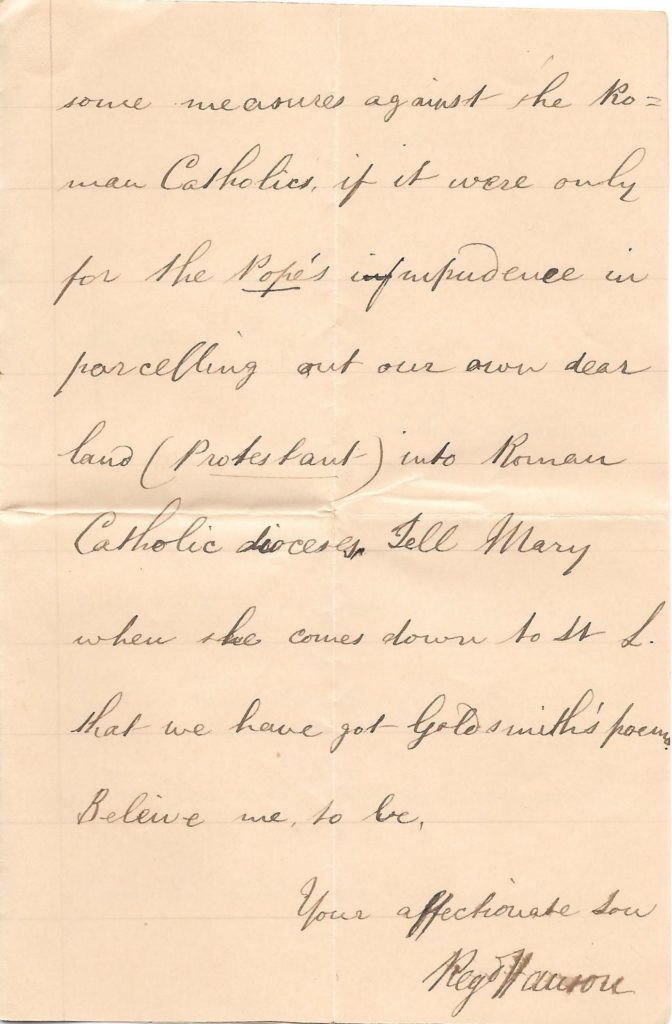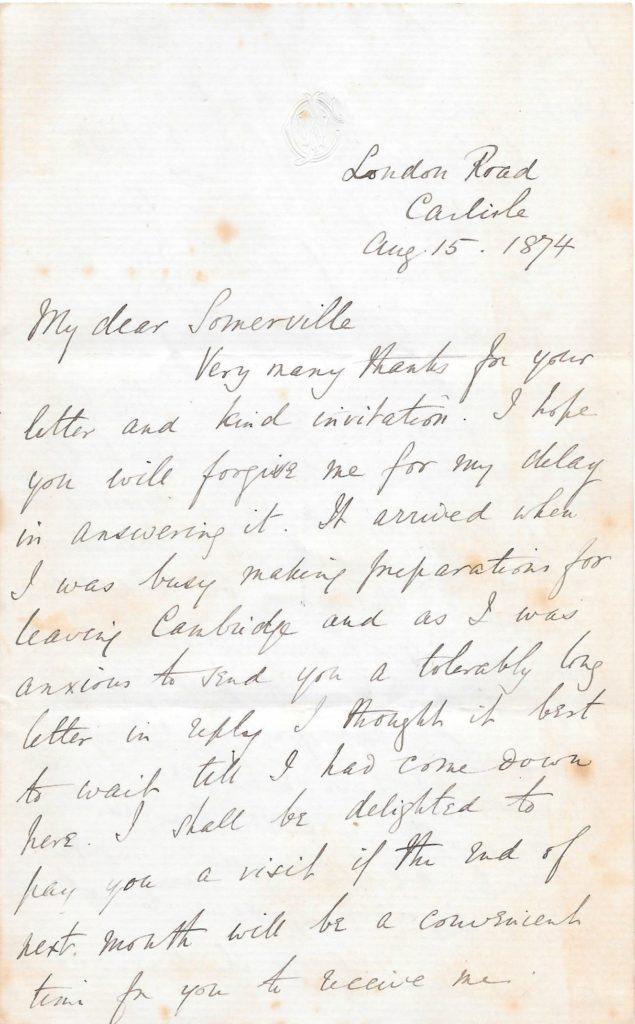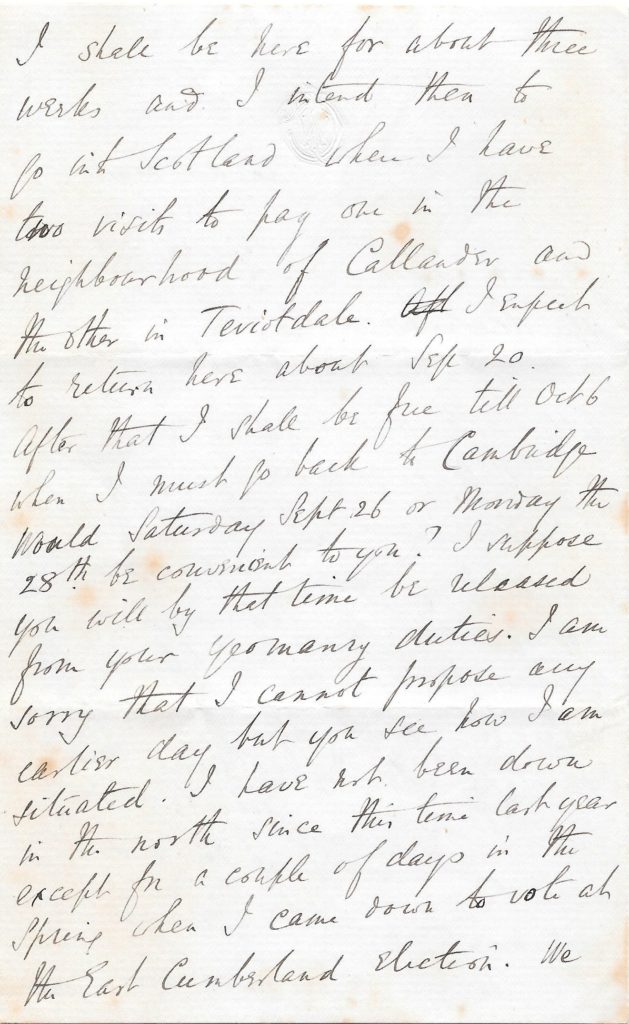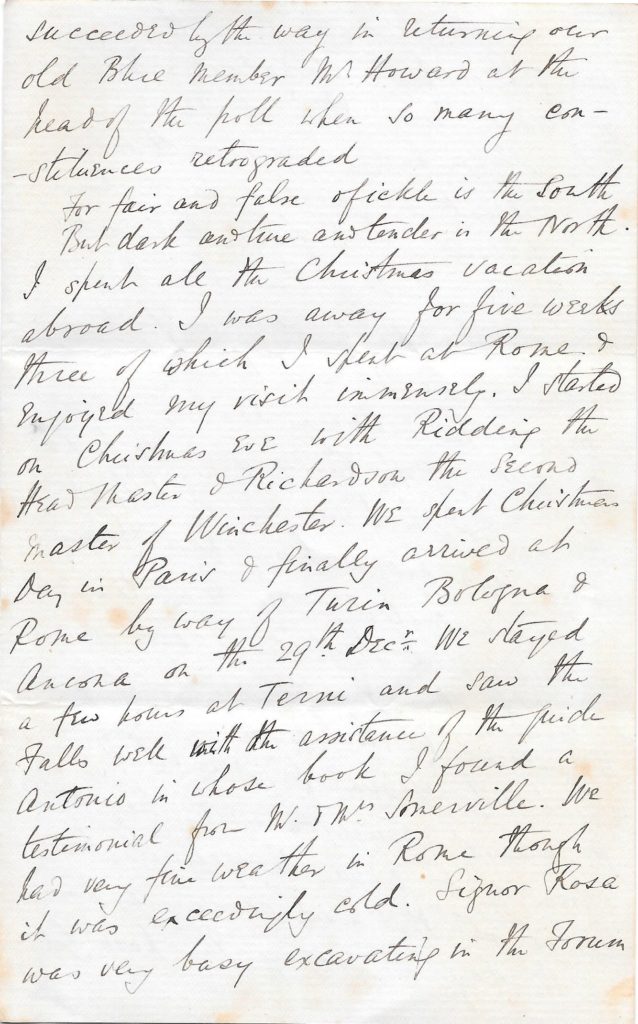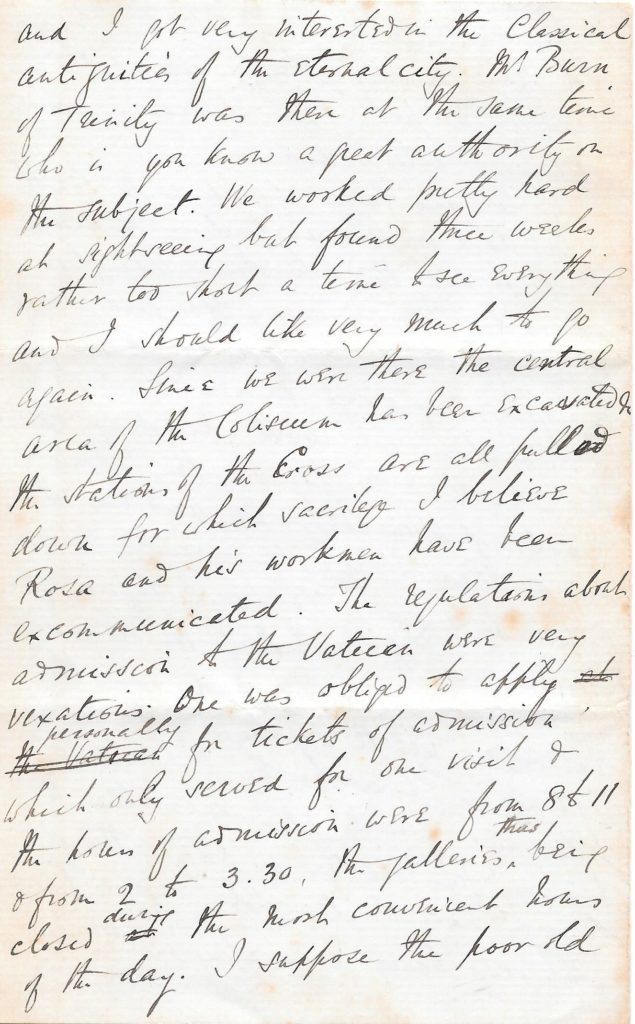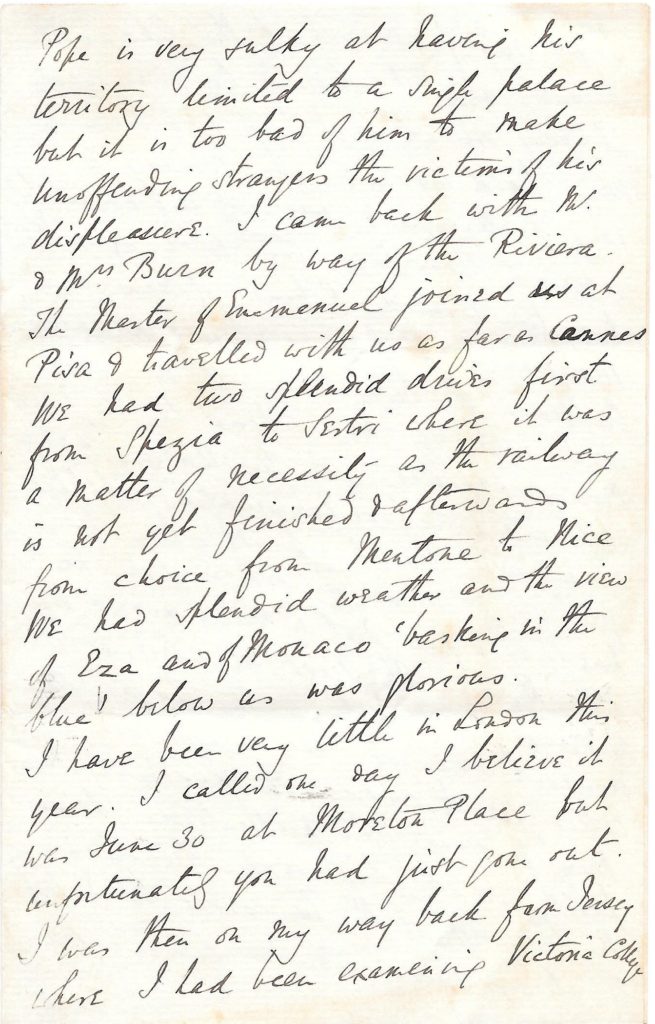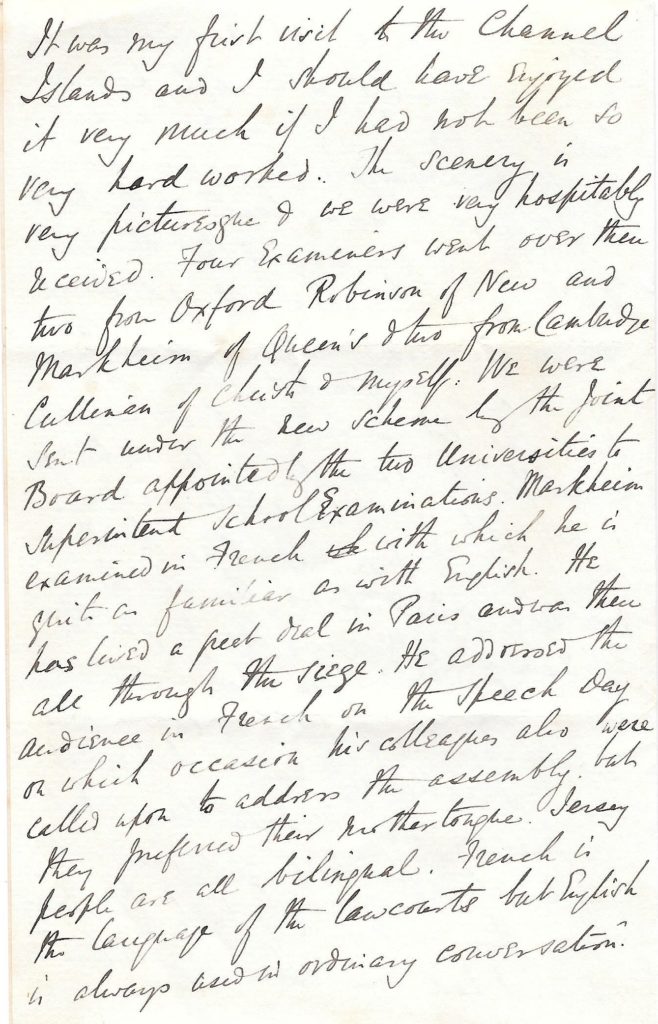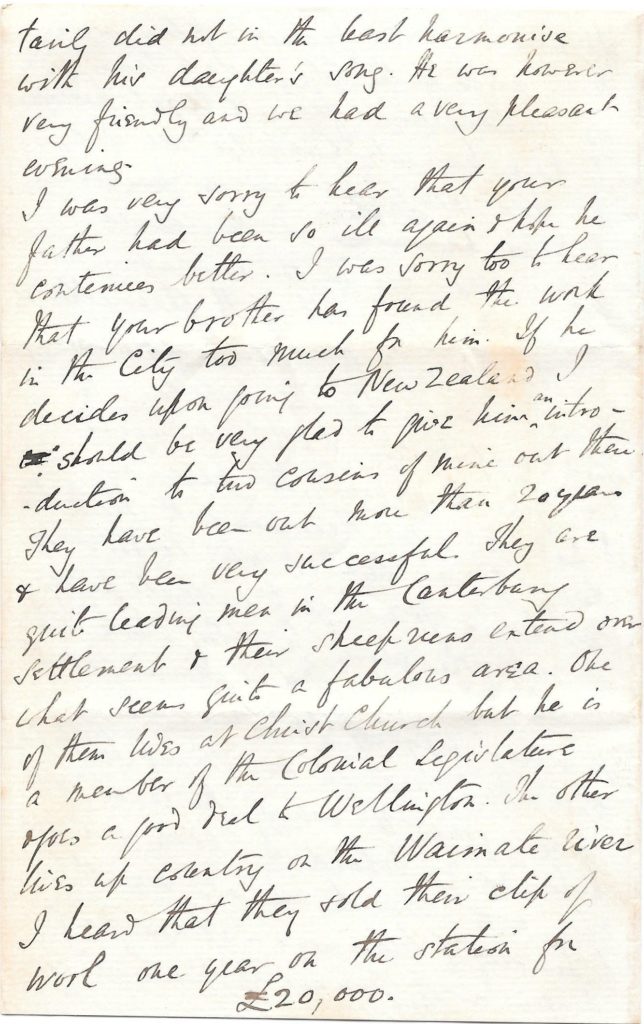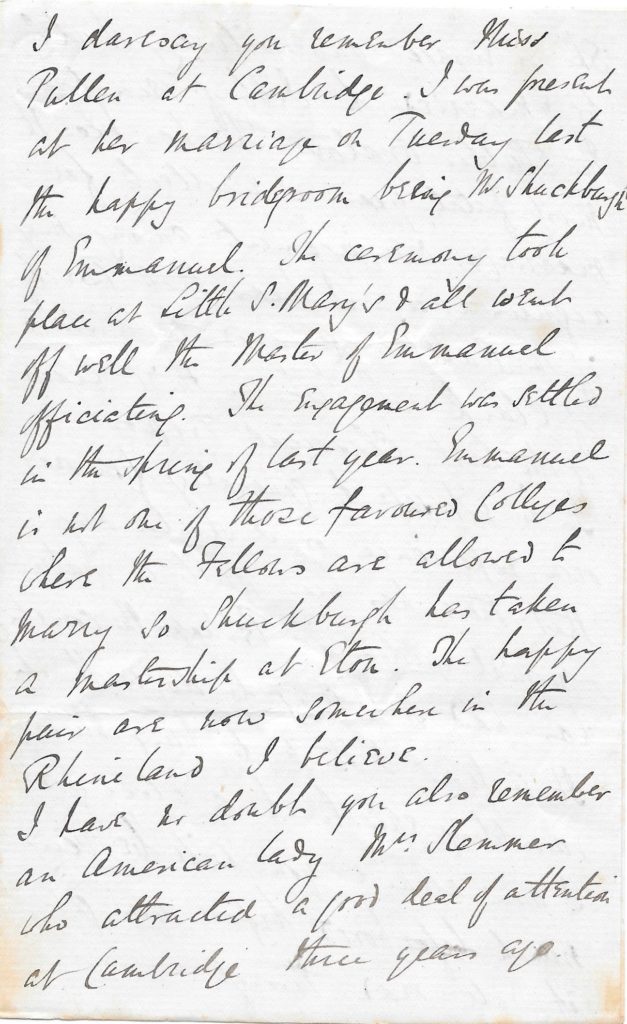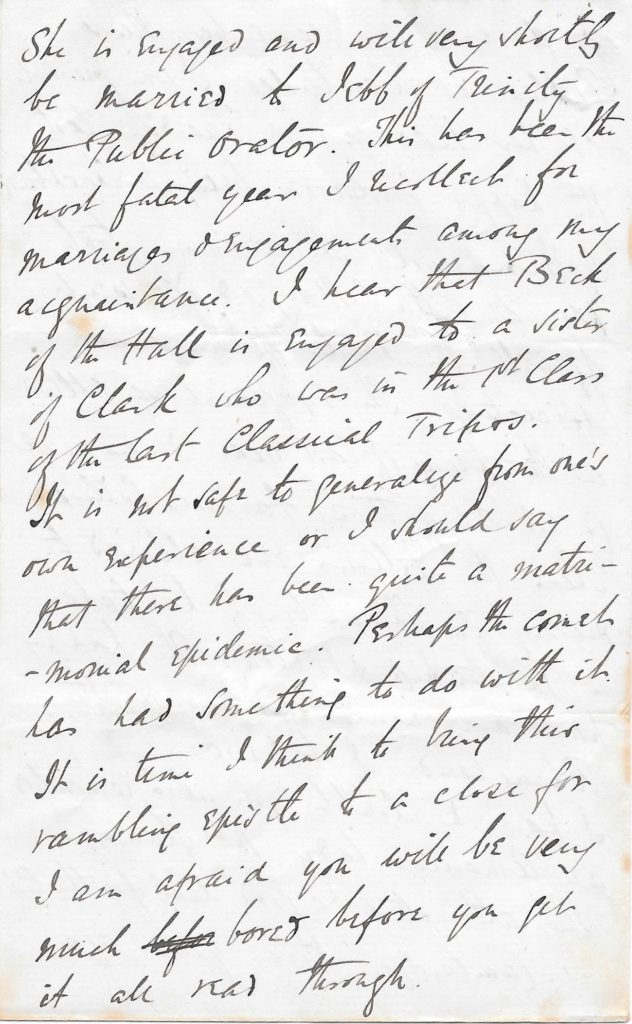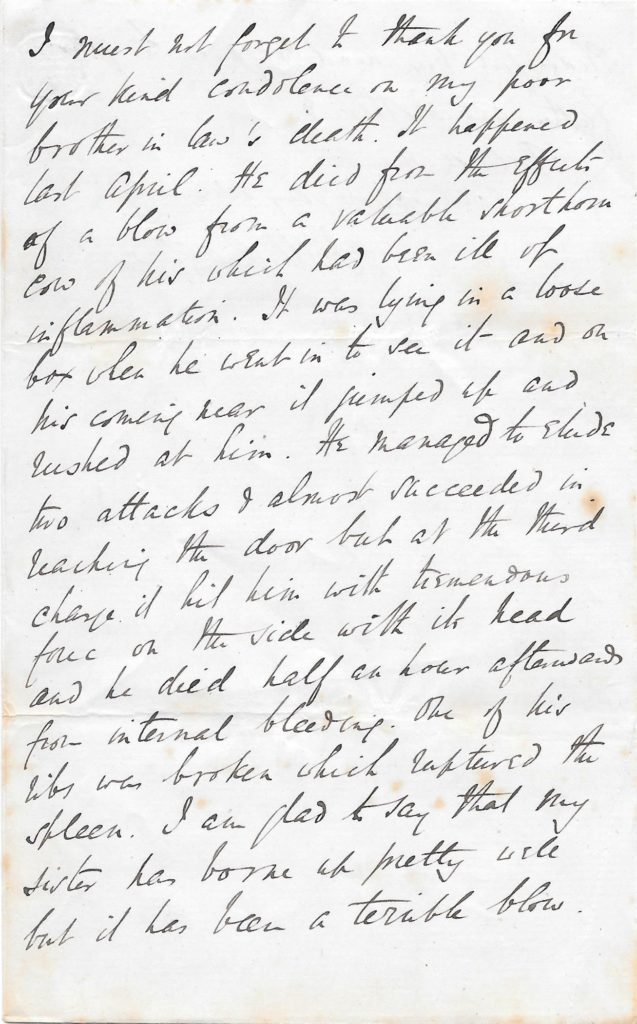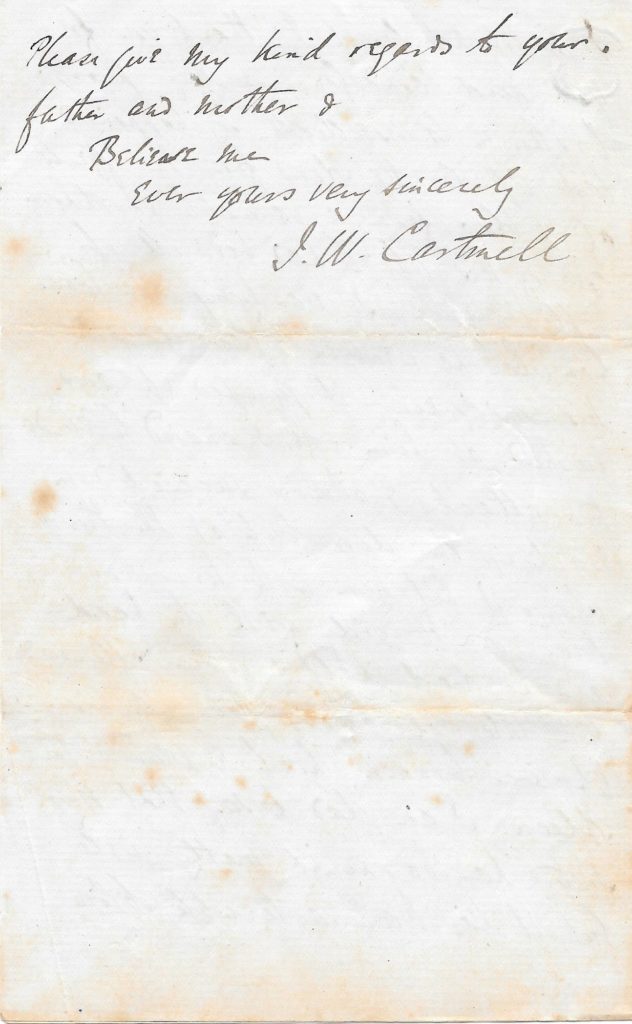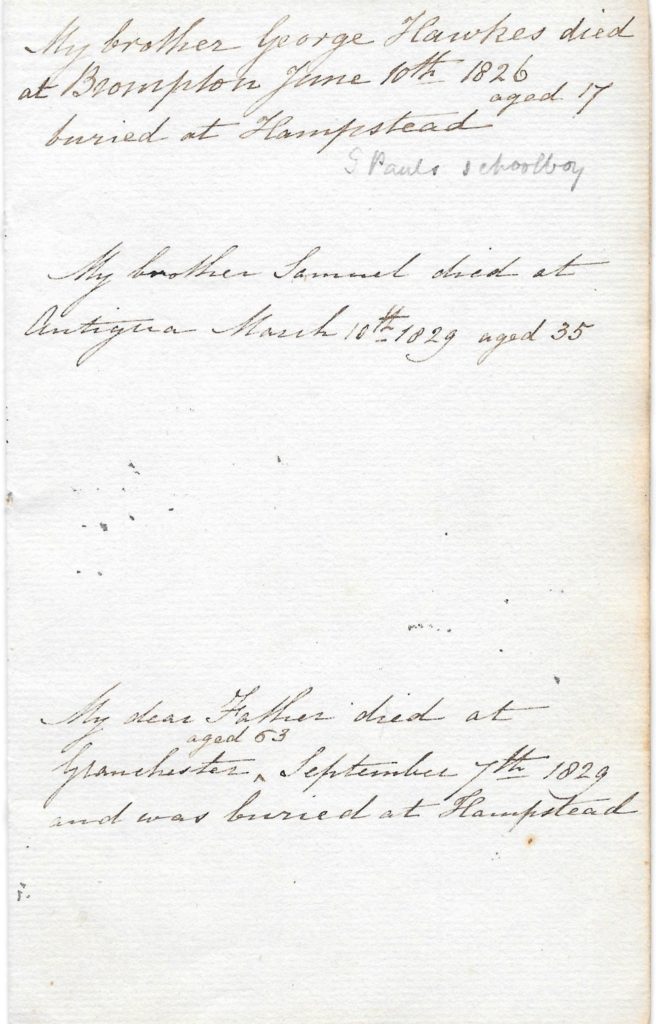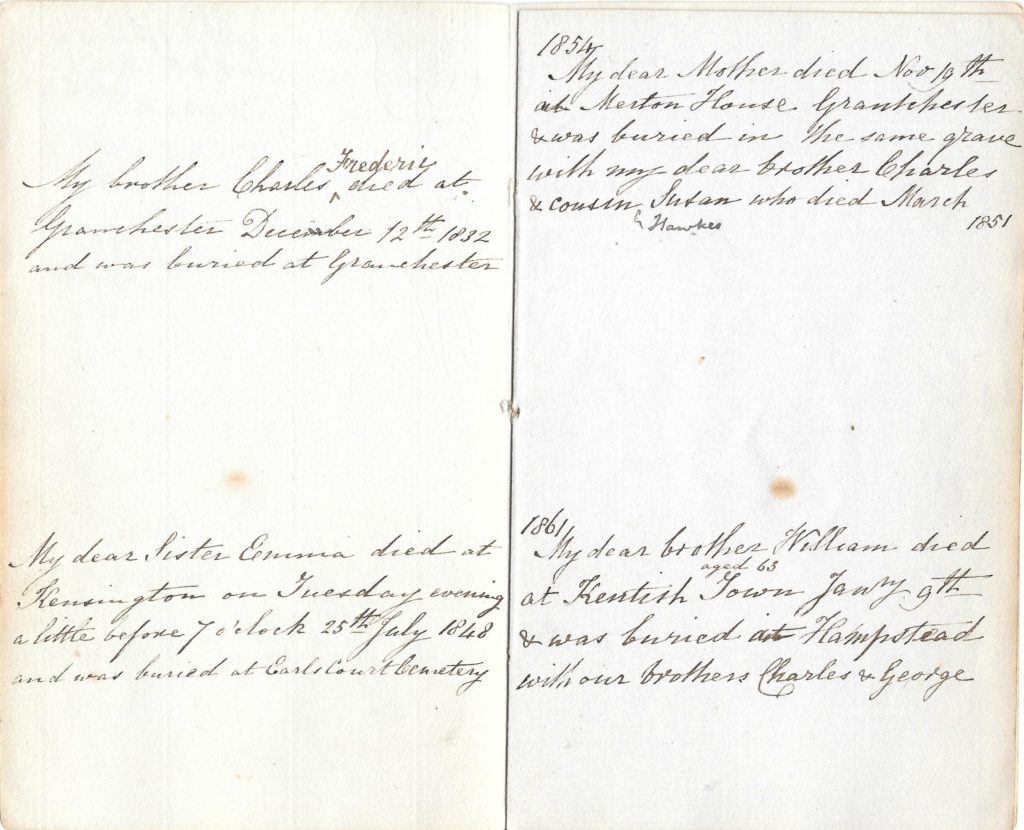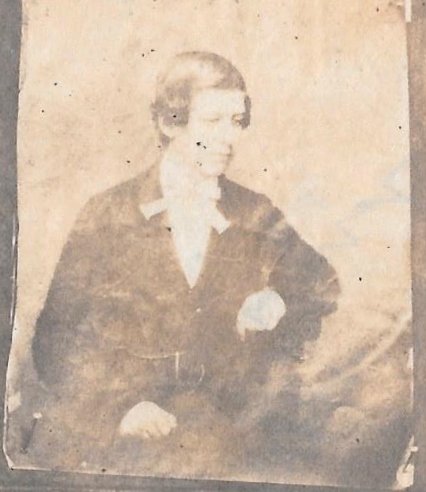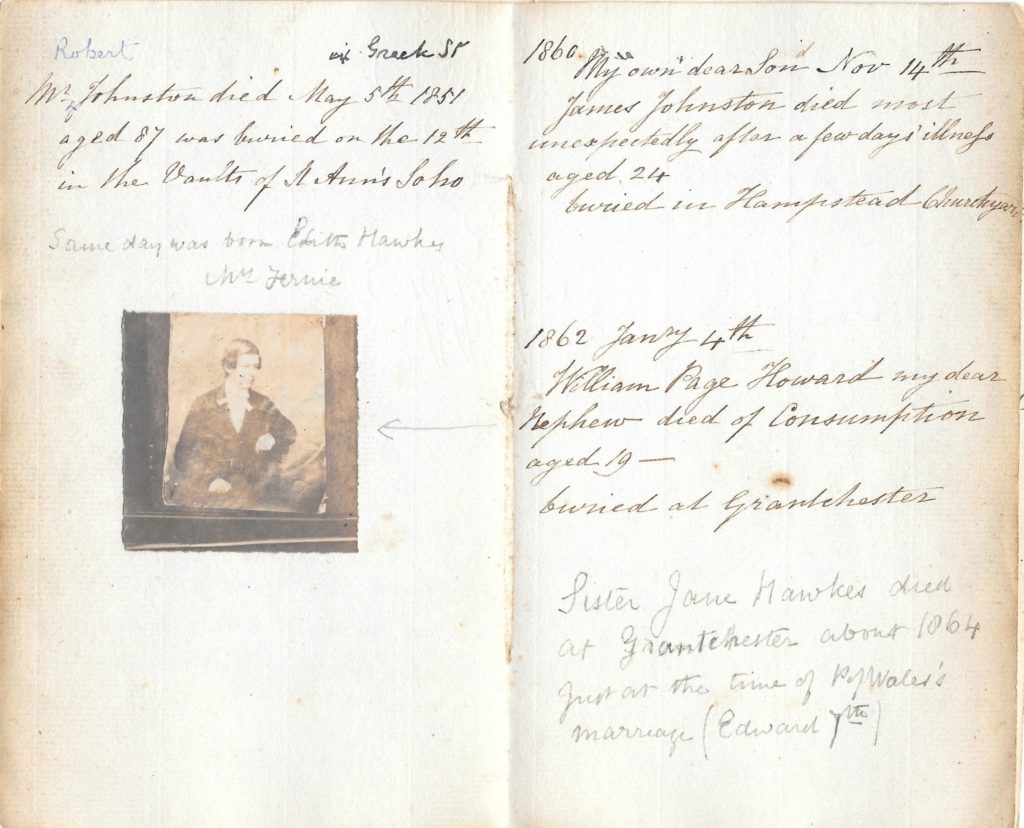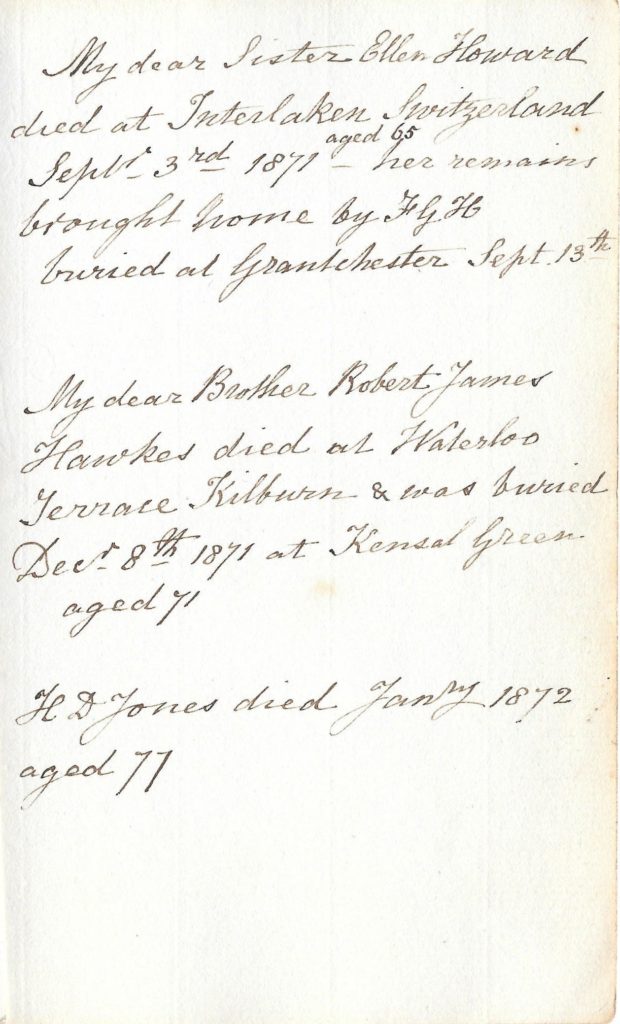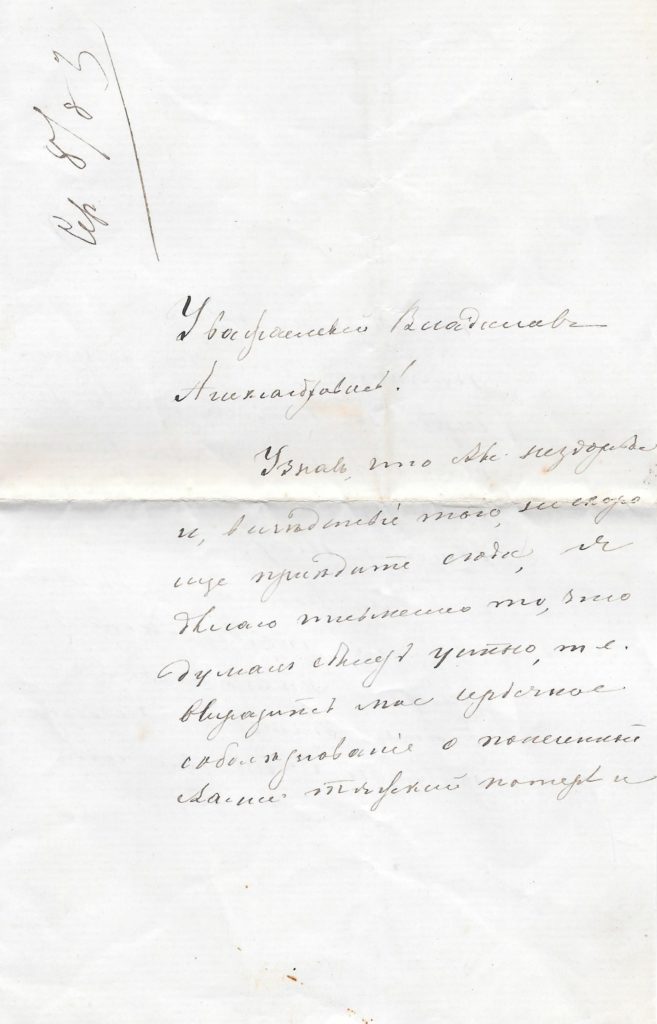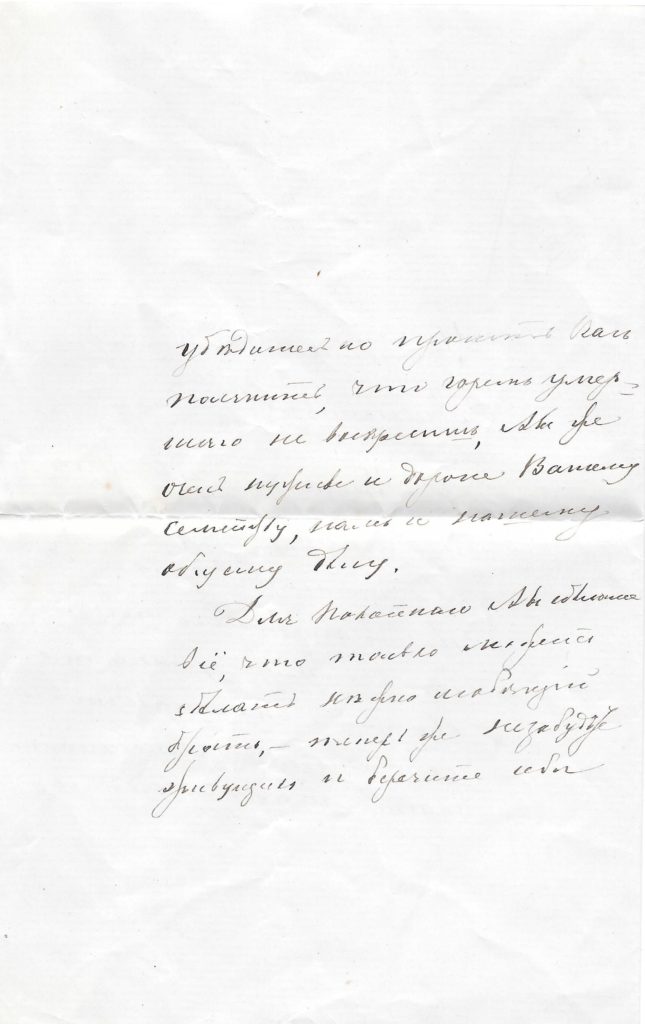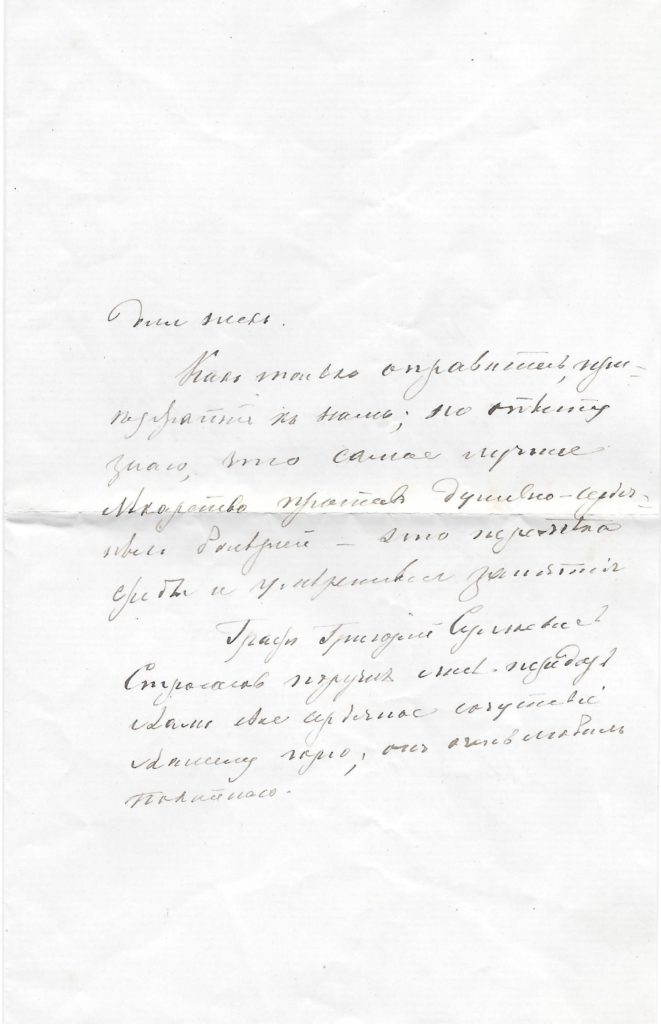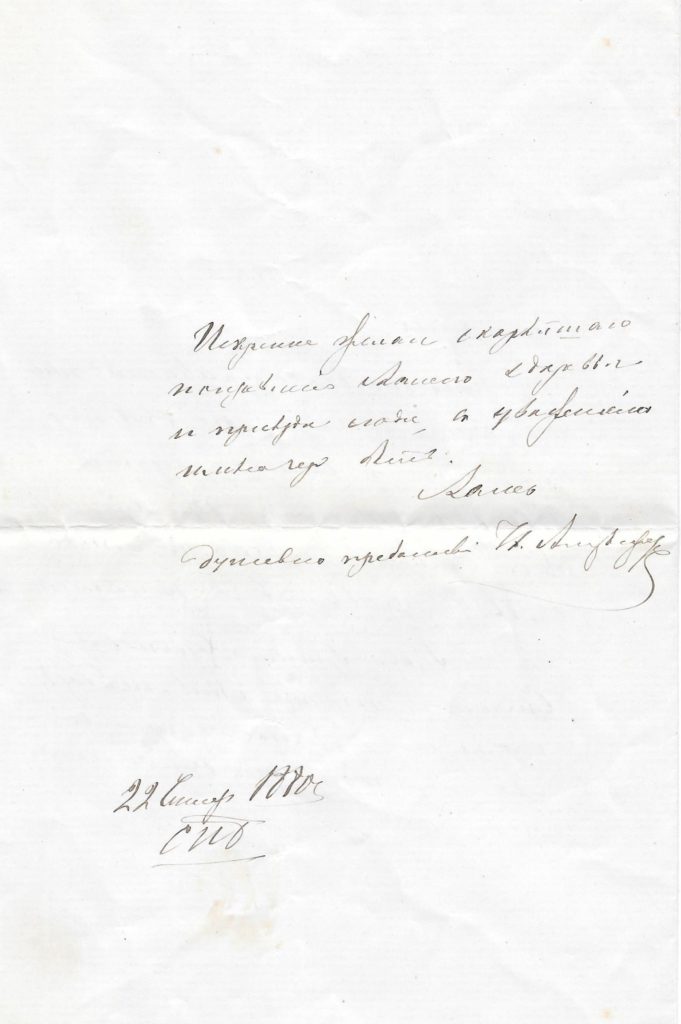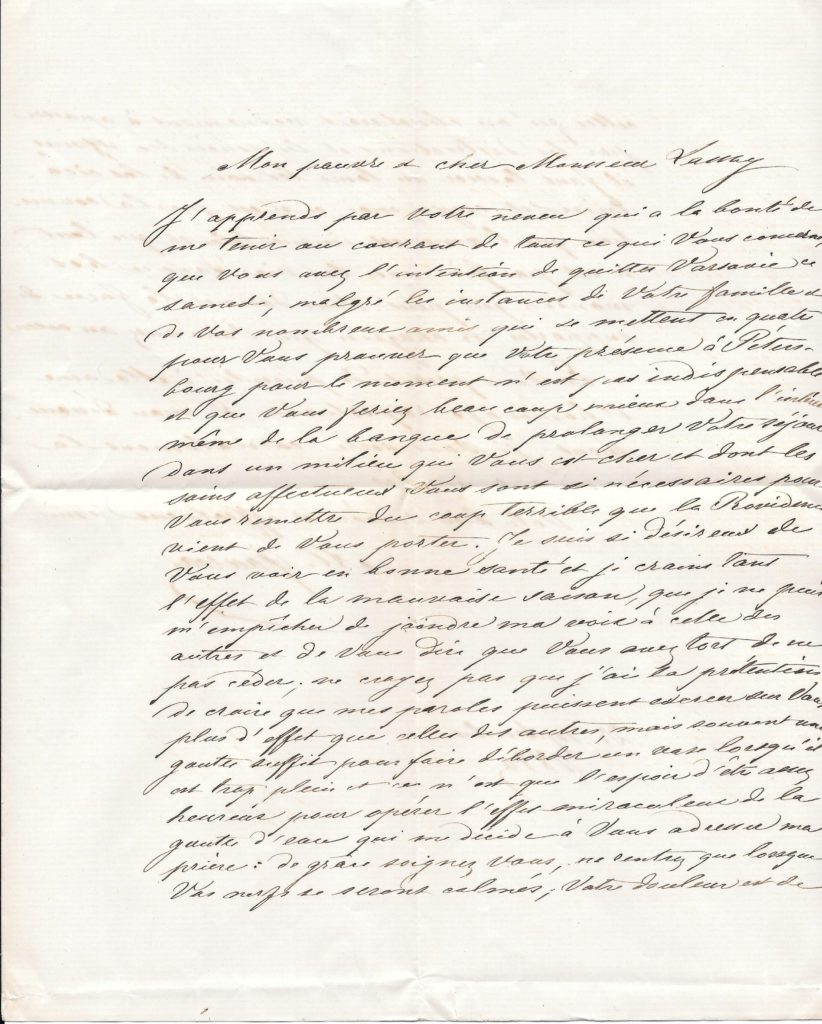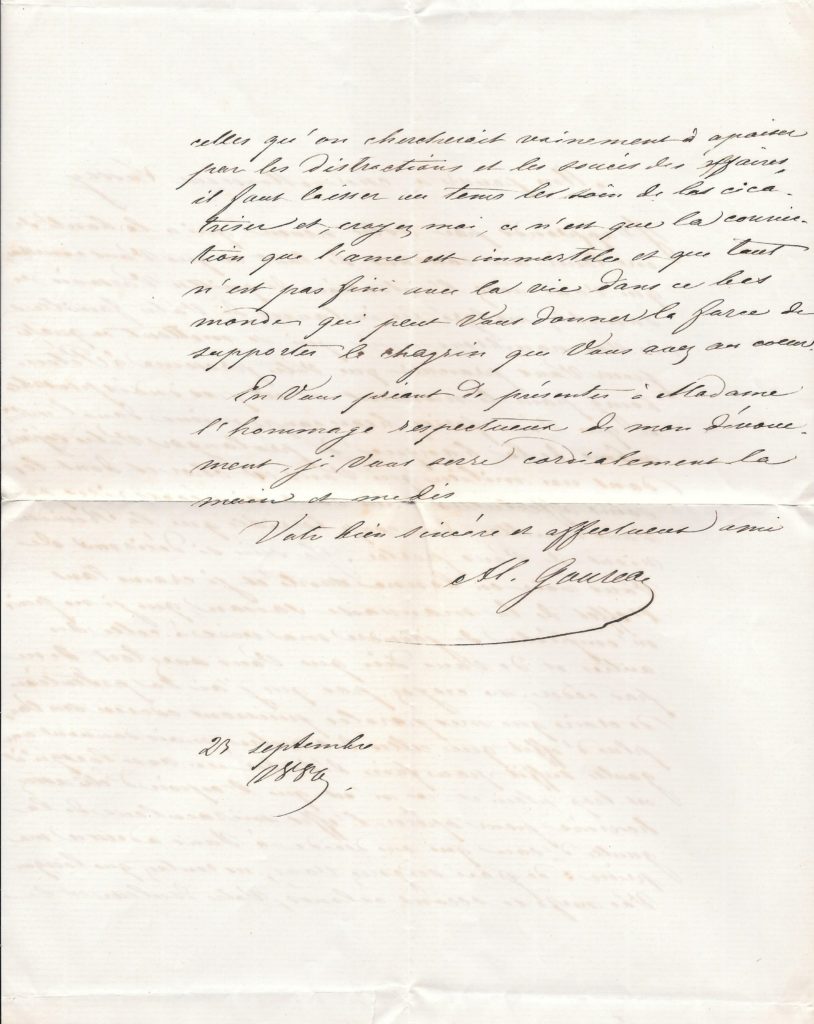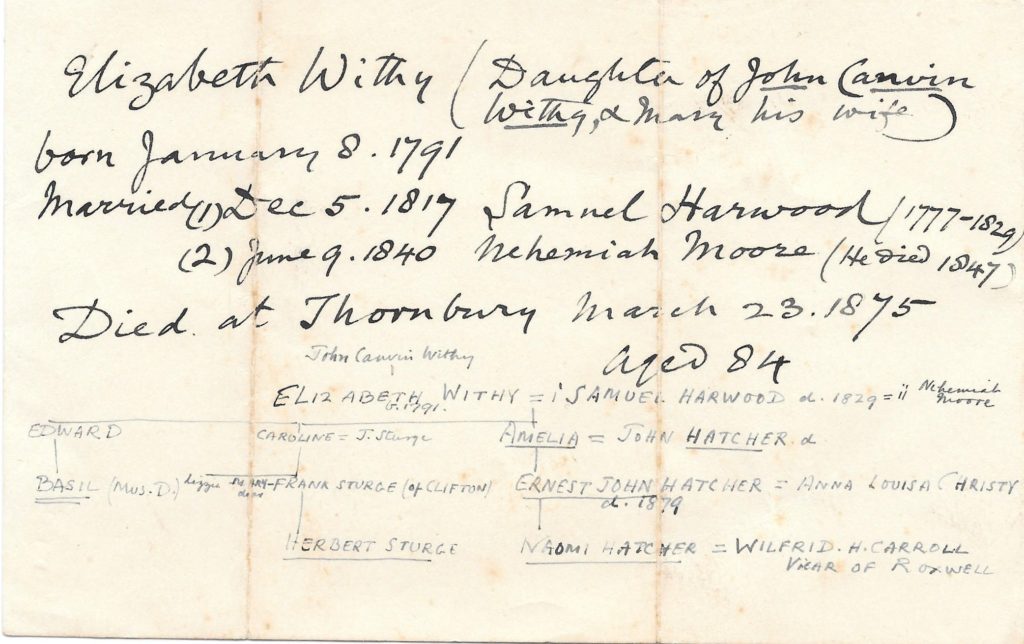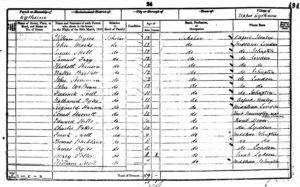
The Hanson Family of Eythorne: Reginald, Hesketh & Oswald
The Hanson family of Eythorne offers a fascinating insight into 19th and early 20th-century British life. Brothers Reginald Hanson and Hesketh Hanson were educated at Eythorne School in Kent and went on to lead distinguished lives in civic and religious service. Their legacy is marked not only by honour and public duty but also by tragedy—most notably the wartime death of Oswald Hanson, Hesketh’s son, during World War I. This page explores the lives of the Hanson family of Eythorne, drawing on letters, census records, and family archives to tell a deeply human story of privilege, faith, and sacrifice.
When Reginald Hanson was born on 31 May 1840 in London, his father, Samuel, was 35 and his mother, Mary (née Choppin), was 35. He had four sons and two daughters with Constance Hallett Hanson. Reginald was knighted and was an Alderman and Mayor of London in 1886. He died in 1905 in Firenze, Firenze, Italy, at the age of 65. More about Reginald here.
Here are the letters Reginald wrote that are in my collection.
When Hesketh Hanson was born on 7 February 1839 in London, his father, Samuel, was 34 and his mother, Mary (née Choppin), was 34. He married Jane Anna Johnston on 11 August 1862 in Monken Hadley, Middlesex. They had eight children in 13 years. He died on 20 January 1915 in Middlesex having lived a long life of 75 years, and was buried in Forest Hill, Oxfordshire.
Hesketh was at Trinity, July 6, 1857. 1857; B.A. 1861; M.A. 1865. Ordained as deacon (Manchester) 1862; priest (Ely) 1867; Church of Padiham, Lancashire, 1862. Church of Heyworth, 1862-3. Church of St Botolph’s, Cambridge, 1867-71. Vicar of Marsworth, Buckinghamshire, 1871-80. He married Jane Anna (1838-1906), daughter and co-heiress of James Johnston, of Hampstead Manor House, Middlesex. Lived latterly at 80, Hills Road, Cambridge. Died Jan. 20, 1915. Brother of Reginald (1858); father of the above, of Reginald J. E. (1888) and of Wilfrid J. (1882) (source: Scott, MSS.; The Times, Jan. 21, 1915).
Here are the letters Hesketh wrote that are in my collection.
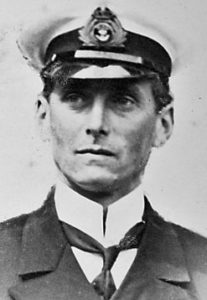
One of Hesket’s sons, Oswald (20 Sep 1873 – Oct 11 1914) was a Solicitor, who practised at 2, Vernon Street, W. Kensington, 44, Hammersmith Road, and Battersea, London (Messrs Beamish, Hanson, Airy and Feiling). He served in the Great War, 1914-19 (Lieut.-Cdr., R.N.V.R.). Oswald was taken prisoner by the Germans after the Antwerp operations and executed by them on the 10th October 1914. Whilst being marched along in the dark and in a state of delirium, he imagined that he saw British soldiers approaching. He called out to the visionary troops not to come near, as the Germans were there. For this he was shot. Buried at Exaarde. Commodore Henderson wrote on the 15th February 1915 and states evidence from Lieutenant Commander F.C. Grover RNVR Hawke Bn. “Poor Hanson was shot by the Germans on the 10th October 1914. He had struggled with a sentry who was about to fire on one of our own men trying to escape after we were taken prisoner on the night of the 9th, & under German Military Code such an act can be punished with death. I tried to get the sentence mitigated, & so did the Commandant of the troops guarding us, for it was evident that Hanson was overwrought by the fatigues of the previous days. The matter was referred to the highest authority; at that time, General von der Goltz was Military Governor of Belgium, but it was of no avail, and Hanson was shot at midday, and is buried by the Church at Exaerde. His next-of-Kin: Miss Hanson, 16 Bayswater Terrace, London W. ; 1914 Star issued to brother, Mr. Wilfred Hanson, 19th June 1919”.
The Archive
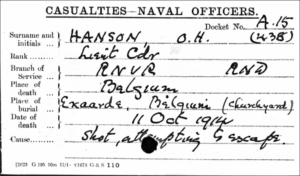 I acquired the small collection of letters along with other items in February 2020. Here are the letters Reginald wrote that are in my collection. Here are the letters Hesketh wrote that are in my collection. The other items are here. I have extensively researched the family and have uploaded the GEDCOM file here. You are welcome to download a copy (I hold no responsibility for research or technical errors).
I acquired the small collection of letters along with other items in February 2020. Here are the letters Reginald wrote that are in my collection. Here are the letters Hesketh wrote that are in my collection. The other items are here. I have extensively researched the family and have uploaded the GEDCOM file here. You are welcome to download a copy (I hold no responsibility for research or technical errors).
The Hanson Family of Eythorne: Privilege, Service, and Sacrifice Across a Century
The lives of Reginald and Hesketh Hanson, two brothers born into Victorian affluence, offer a compelling window into mid-19th and early 20th-century British society—one marked by opportunity, learning, ecclesiastical duty, civic service, and, in later generations, sacrifice. From their childhood at Eythorne School near Sandwich in Kent to their respective legacies in civic and religious life, and finally to the poignant death of Hesketh’s son Oswald in the earliest days of the First World War, the Hansons’ story is rich in personal detail, historical resonance, and a quiet but potent emotional force.
Early Life and Education
The 1851 census captures a moment frozen in time: Reginald (aged 10) and Hesketh (12) Hanson attending Eythorne School. Their command of English and French even at this young age suggests not just intelligence, but a cultivated environment shaped by disciplined learning and perhaps the aspirations of their father, Samuel Hanson. Samuel, a respected London fruit merchant living at The Elms in Epsom, ensured that his sons received the classical education expected of upper-middle-class boys destined for public life. The values of industry, duty, and refinement were clearly instilled early.
Reginald Hanson: Civic Eminence
Reginald Hanson (1840–1905) went on to distinguish himself in public service. His adult life was deeply embedded in the fabric of Victorian and Edwardian London. He married Constance Hallett and fathered six children. His rise to the position of Alderman and Lord Mayor of London in 1886—a year of great political and social change—reflects not only social privilege but personal capability. The knighthood that accompanied his mayoralty marks him as a man of notable public standing. His later death in Florence, Italy, suggests both affluence and cosmopolitanism, typical of the educated elite of his generation. A full account of his career, preserved in his collected correspondence and publicly accessible online, enriches our understanding of his intellectual and administrative world.
Hesketh Hanson: Ecclesiastical Devotion
While Reginald’s path was secular and civic, Hesketh Hanson (1839–1915) pursued a life of religious dedication. Educated at Trinity College, Cambridge, he earned his BA in 1861 and MA in 1865. Ordained first as deacon and then priest, his ecclesiastical career included curacies and vicarships across Lancashire, Cambridge, and Buckinghamshire. His 1862 marriage to Jane Anna Johnston, daughter and co-heiress of Hampstead Manor House, united two well-placed families and produced eight children. Hesketh’s life seems characterised by quiet service, learned discipline, and a stable domestic existence. His final years at 80 Hills Road, Cambridge, placed him at the heart of England’s academic and spiritual centre. The letters he wrote, carefully preserved and digitised, offer scholars a valuable perspective on clerical life during the high Victorian and Edwardian periods.
Oswald Hesketh Hanson: Sacrifice in War
The most haunting and tragic element of the Hanson family narrative is the fate of Hesketh’s son, Oswald Hesketh Hanson. Born in 1873, Oswald became a solicitor, practising at reputable firms across London. When war broke out in 1914, he joined the Royal Naval Volunteer Reserve, achieving the rank of Lieutenant-Commander. His service during the Antwerp operations places him among those caught in the early chaos and miscalculations of the Great War. Captured by German forces and suffering delirium, Oswald’s final act—mistaking enemy troops for British comrades—led to his summary execution on 10 October 1914 under military code. Despite efforts to intervene, including pleas from the German commandant and fellow officers, the sentence was carried out.
The circumstances of Oswald’s death—confused, unjust, and grim—contrast sharply with the structured and respectable lives of his father and uncle. Yet it is this very contrast that adds resonance to his story. His burial in Exaerde, Belgium, and the issuing of his 1914 Star to his brother Wilfred, anchor Oswald’s sacrifice in both familial grief and national memory. His story, shared through a preserved letter from Commodore Henderson and eyewitness Commander Grover, becomes a powerful testament to the personal toll of war.
The Archive and Legacy
The letters of both Reginald and Hesketh, as well as artefacts relating to Oswald, form a curated archive that not only documents a family but enriches our collective understanding of British history. Acquired in 2020, the collection includes correspondence, photographs, and genealogical data—meticulously catalogued and made publicly accessible. The digital availability of the GEDCOM file, the scanned letters, and other ephemera represents a rare act of historical generosity and scholarly preservation.
Conclusion
The Hanson family story—beginning in a Surrey household of fruit merchants and ending in the trenches and tribunals of World War I—spans over seven decades of British transformation. From Victorian schoolrooms to civic halls, parish churches to foreign graves, their journey is one of privilege tempered by piety and punctuated by profound loss. What remains is a quietly moving chronicle of public service, domestic devotion, and the tragic costs of empire and conflict.
Their letters, and the care with which they’ve been preserved, allow the Hansons to speak to us still—clearly, eloquently, and with the weight of lived history behind every word.
Here are the letters Hesketh wrote that are in my collection:
Here are the letters Reginald wrote that are in my collection:
Other items:

